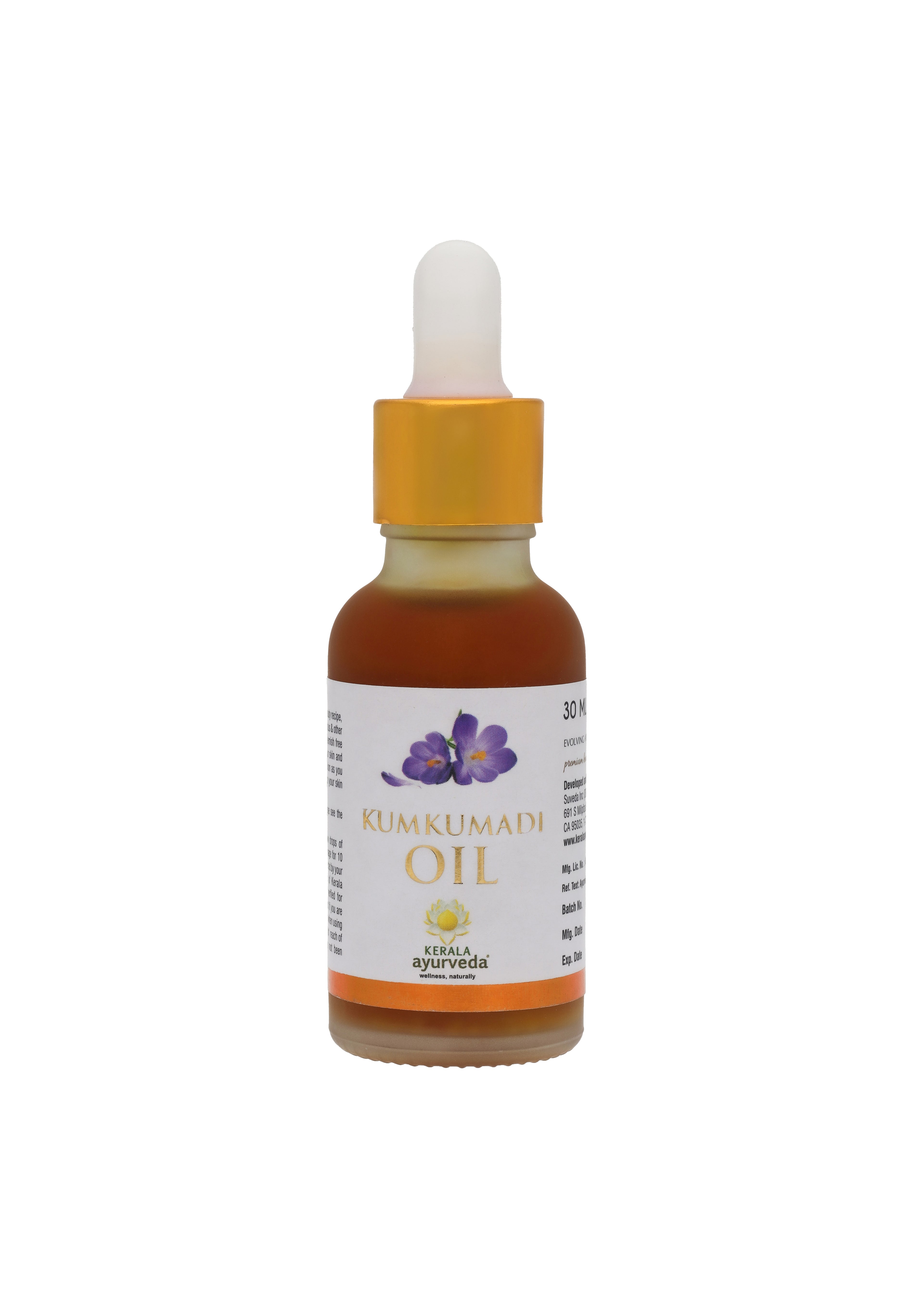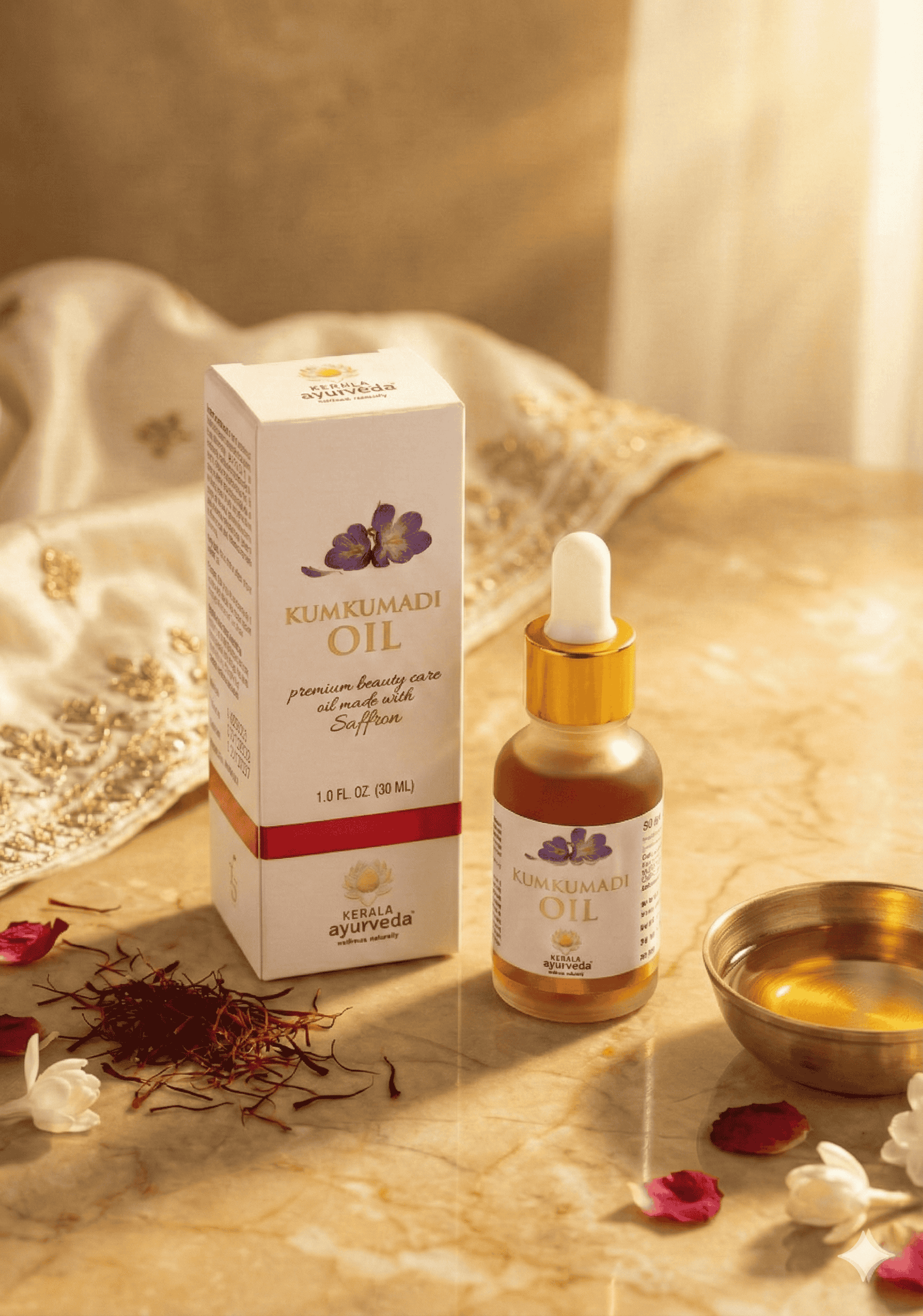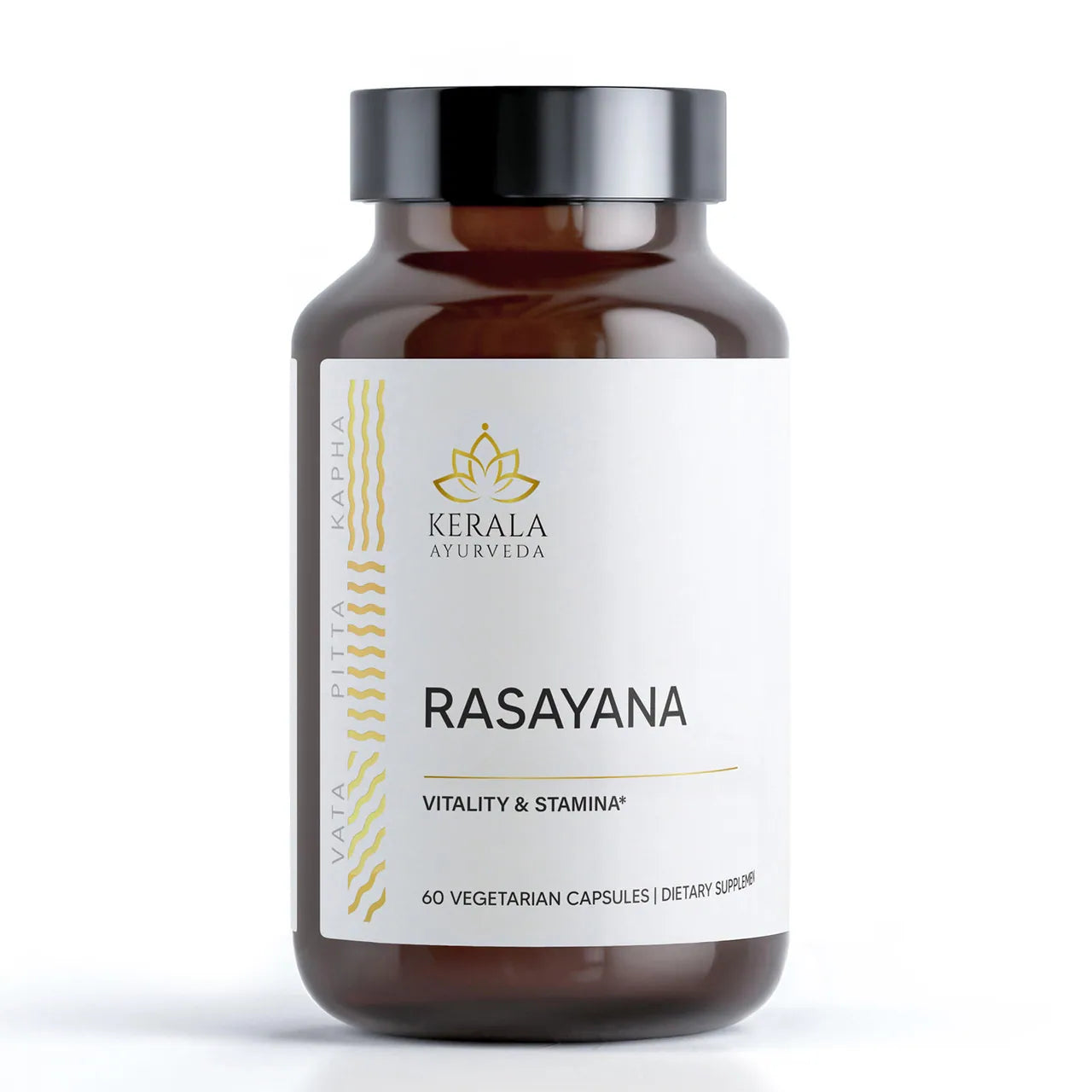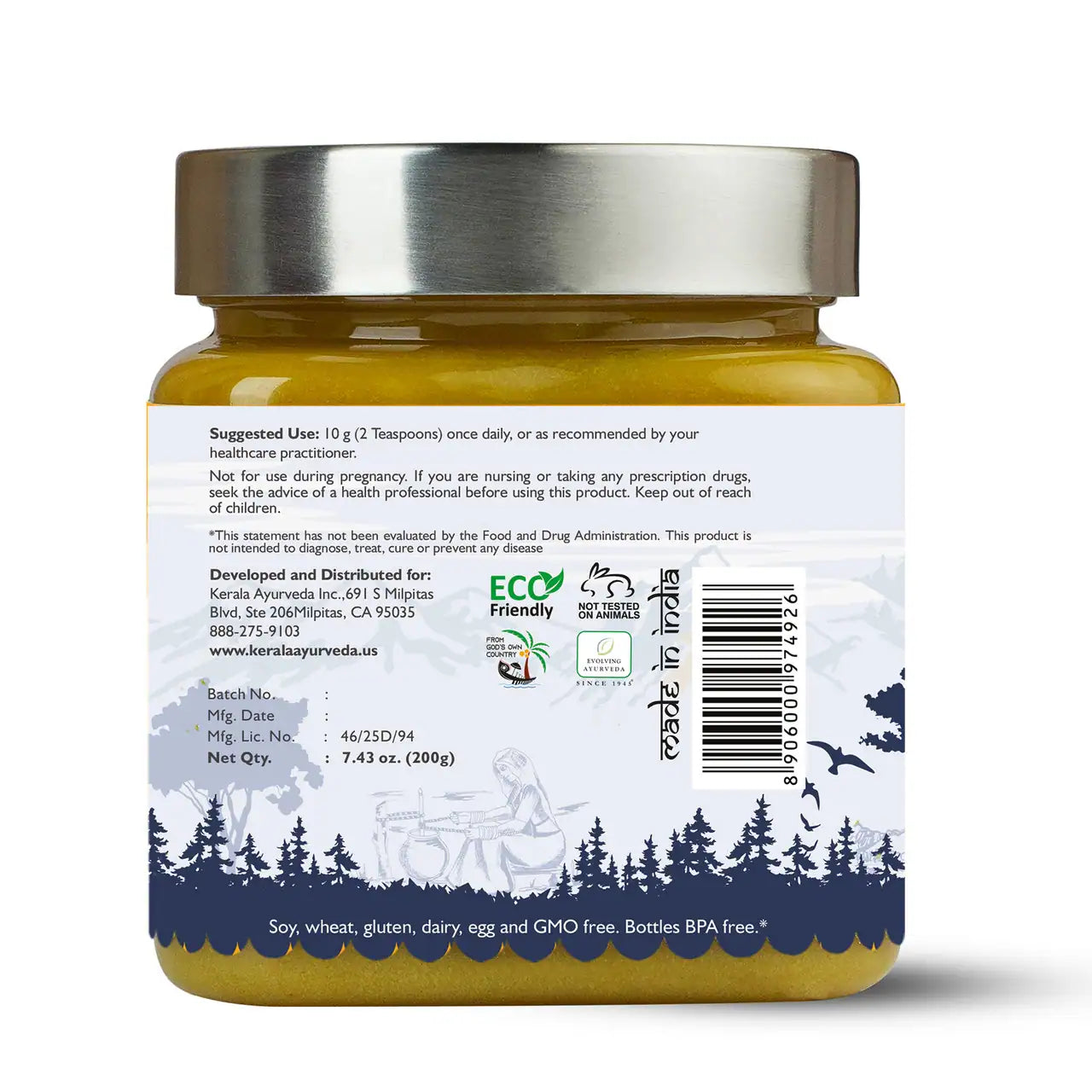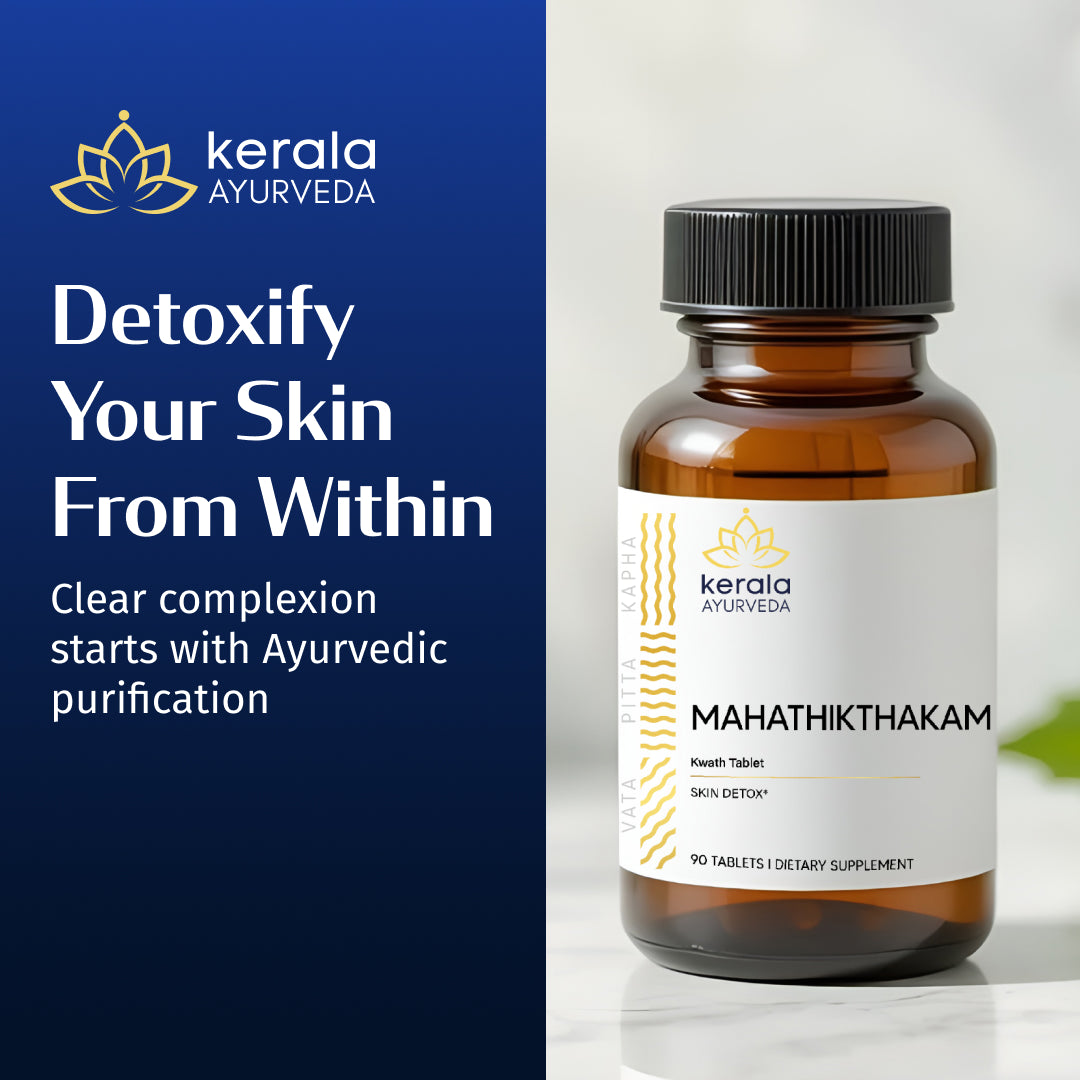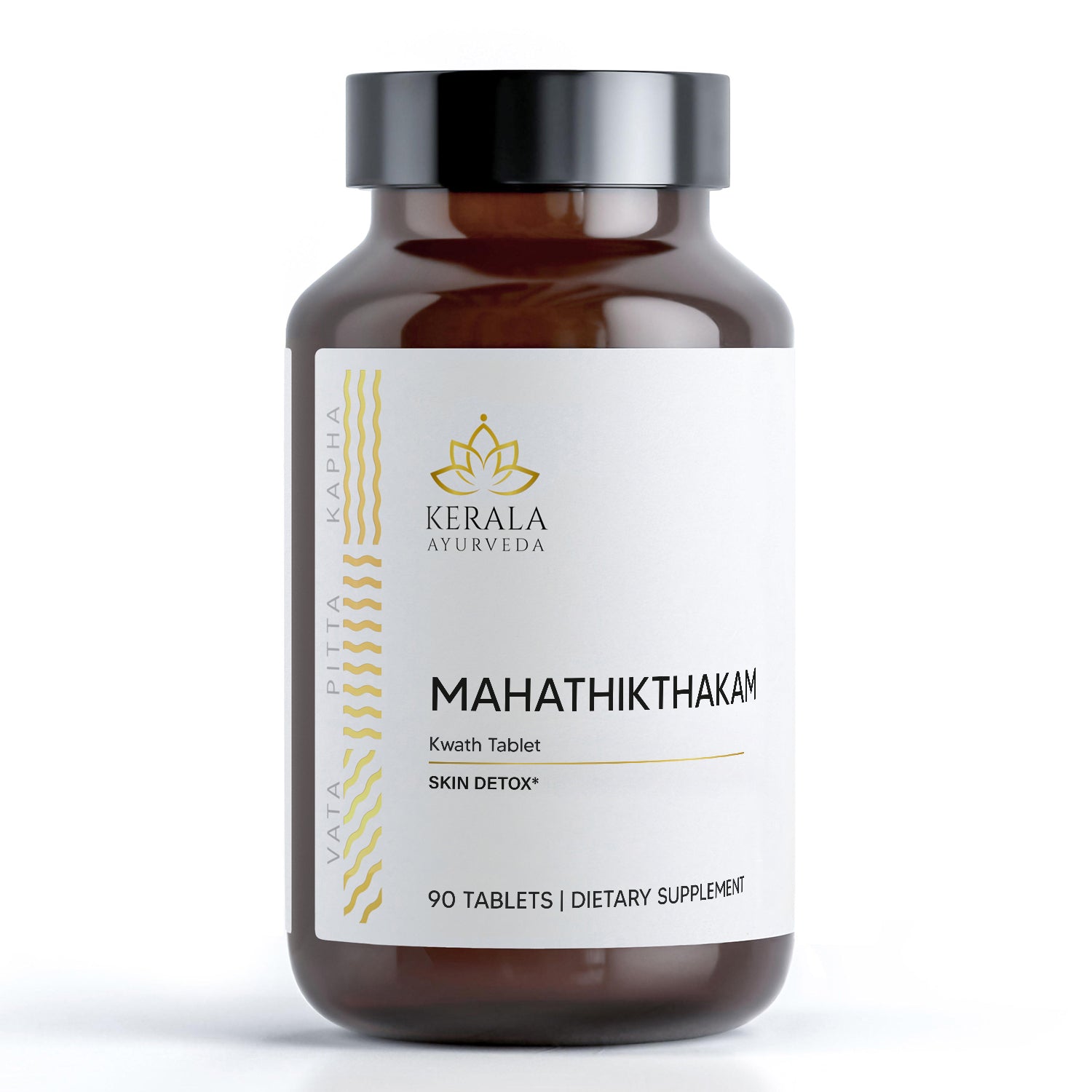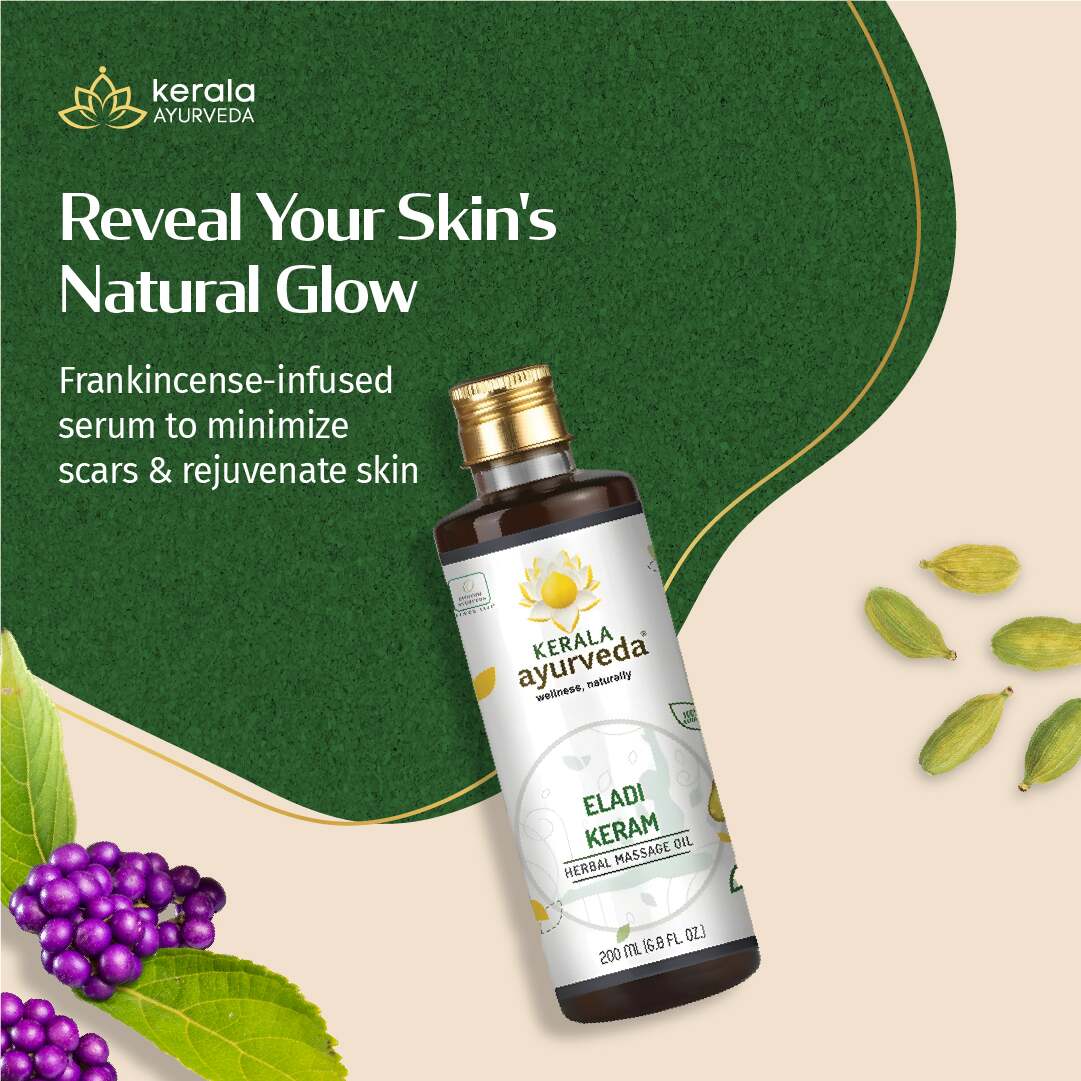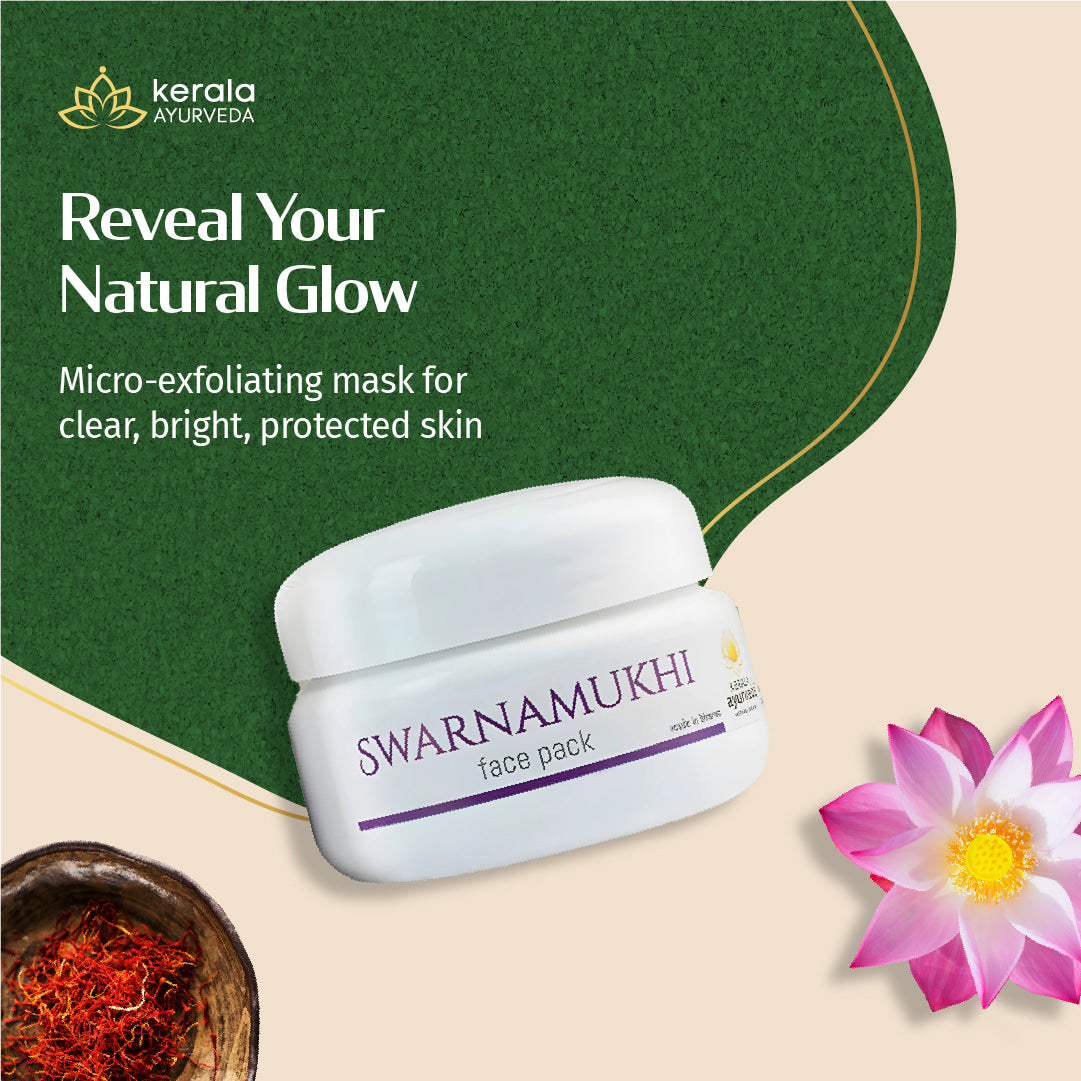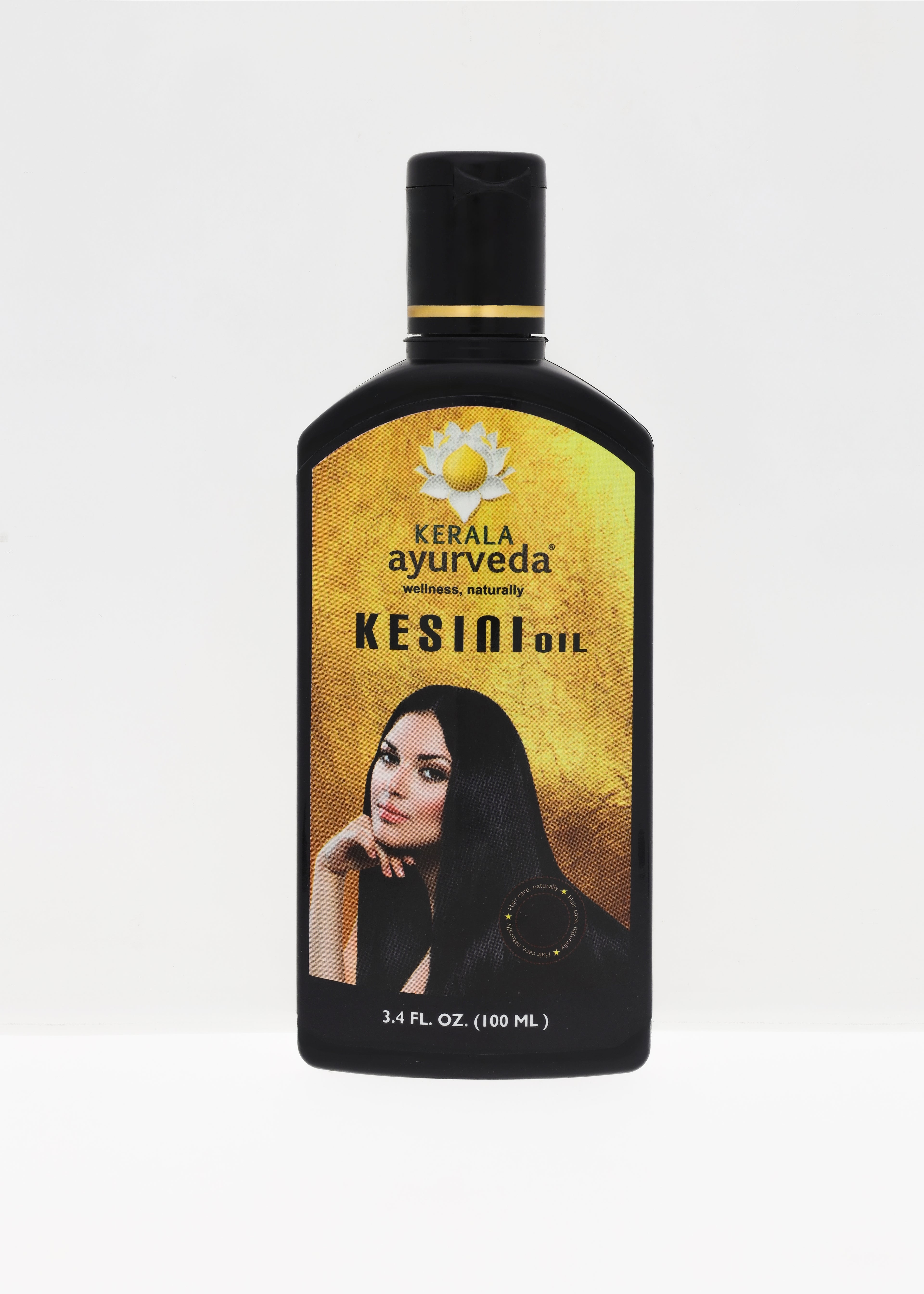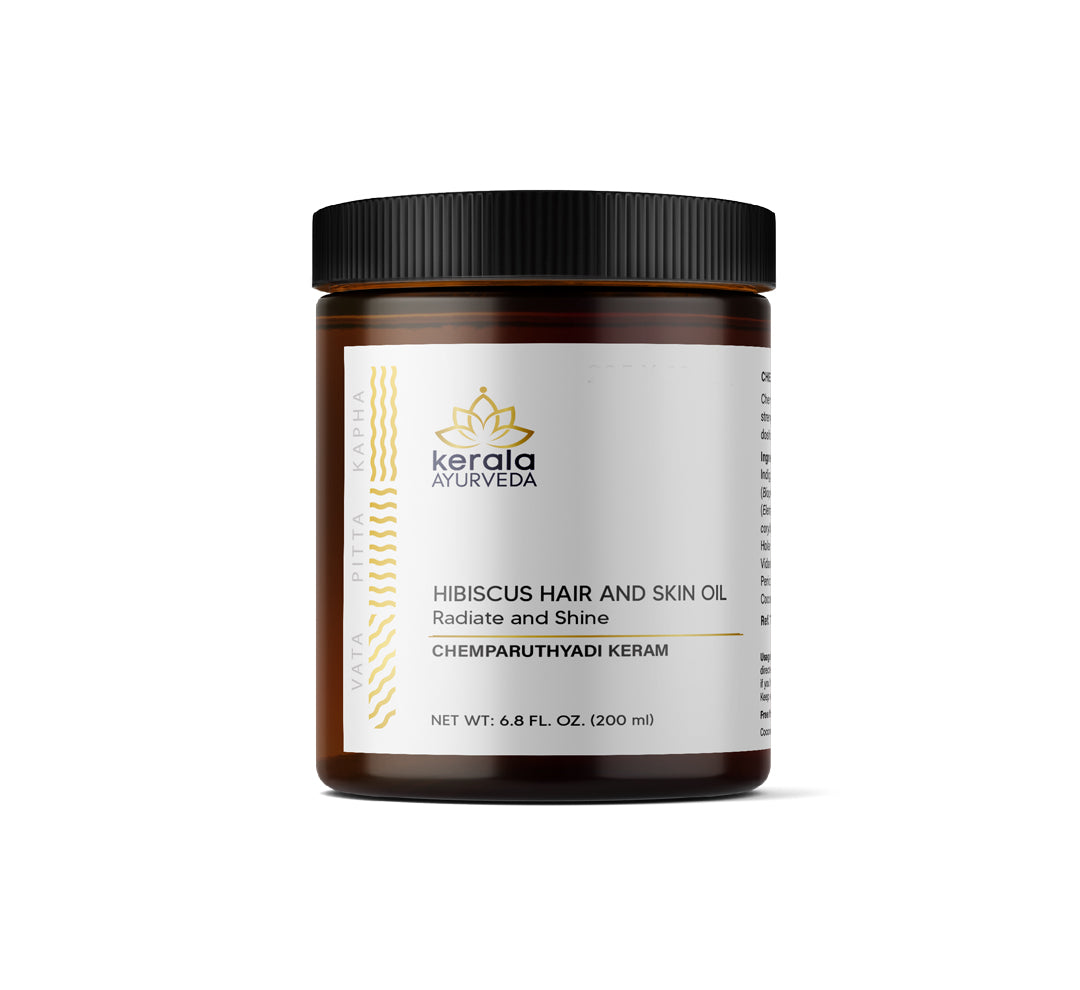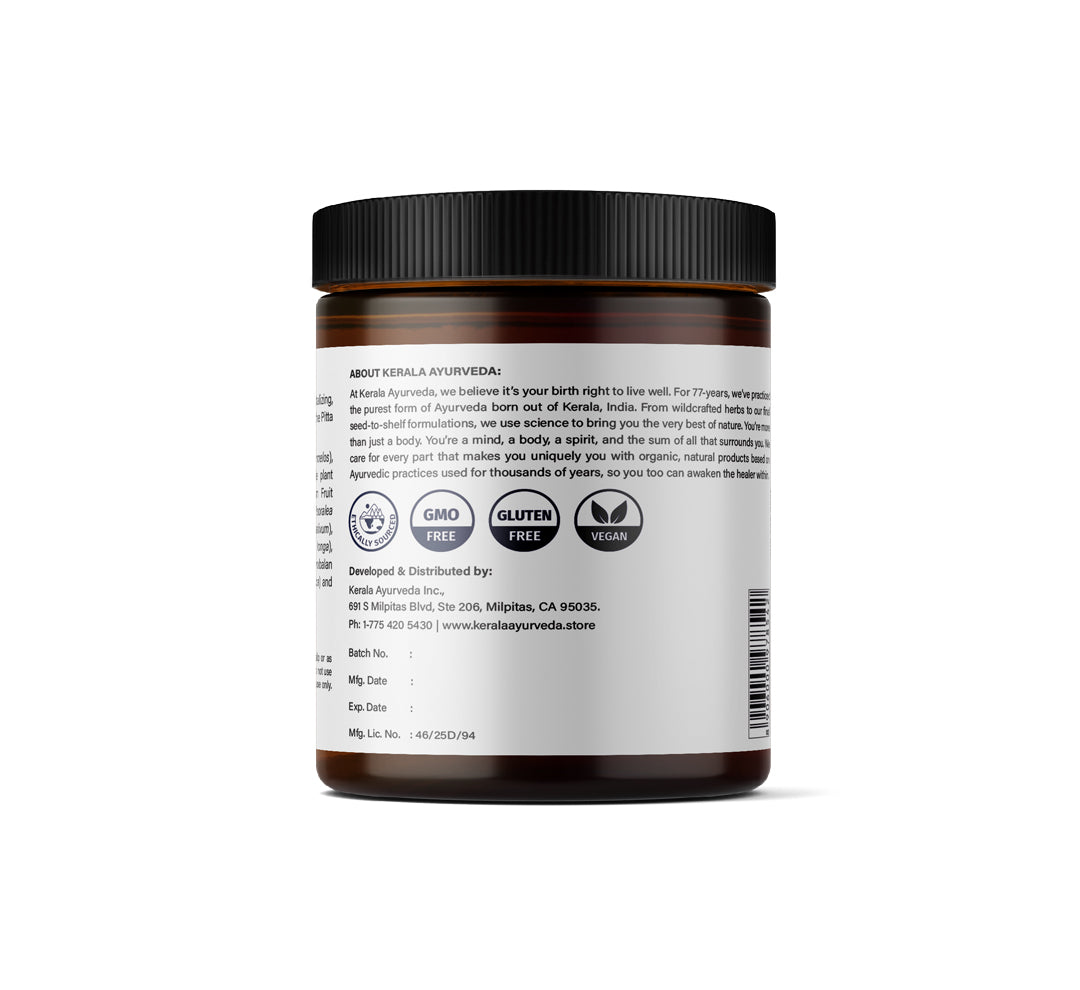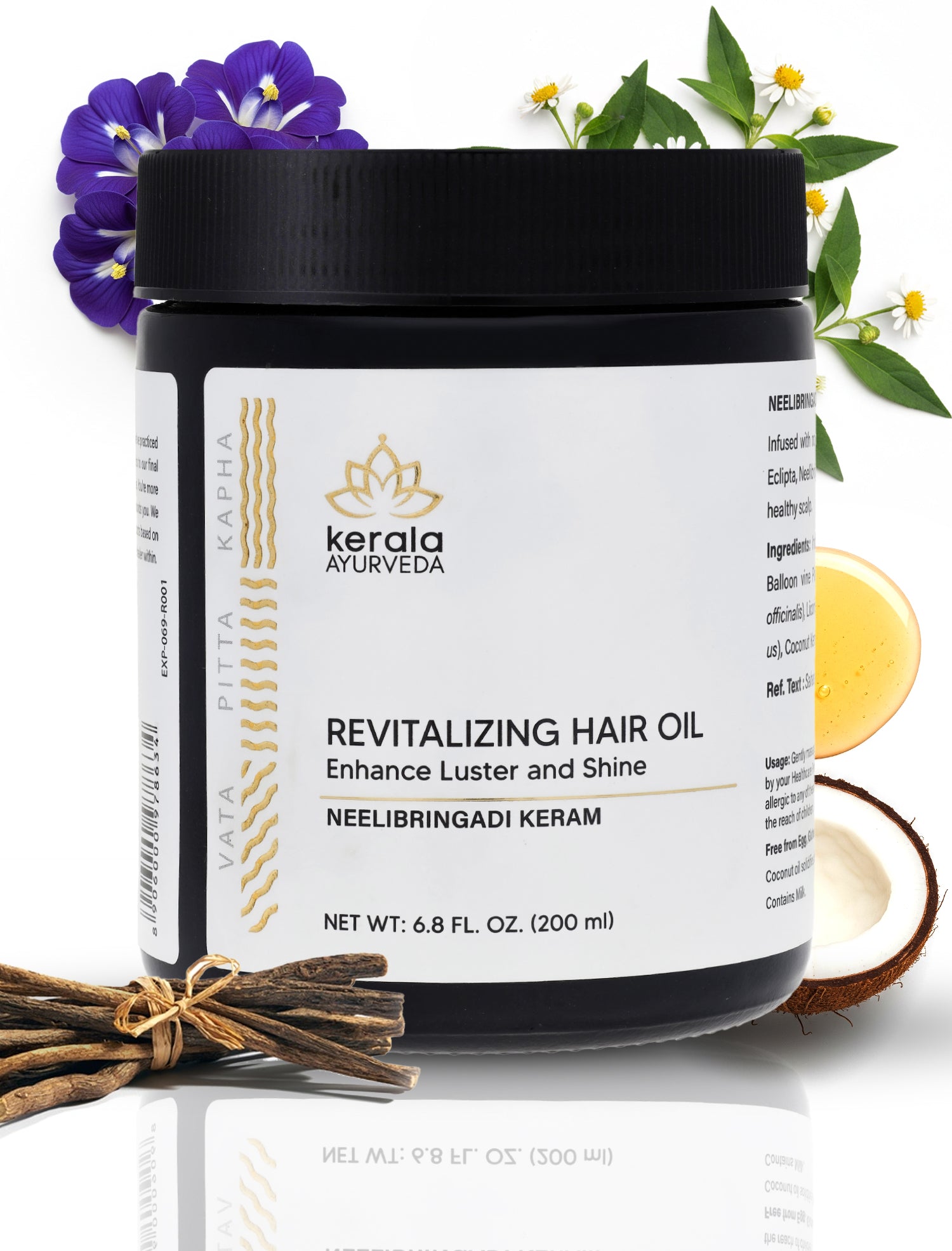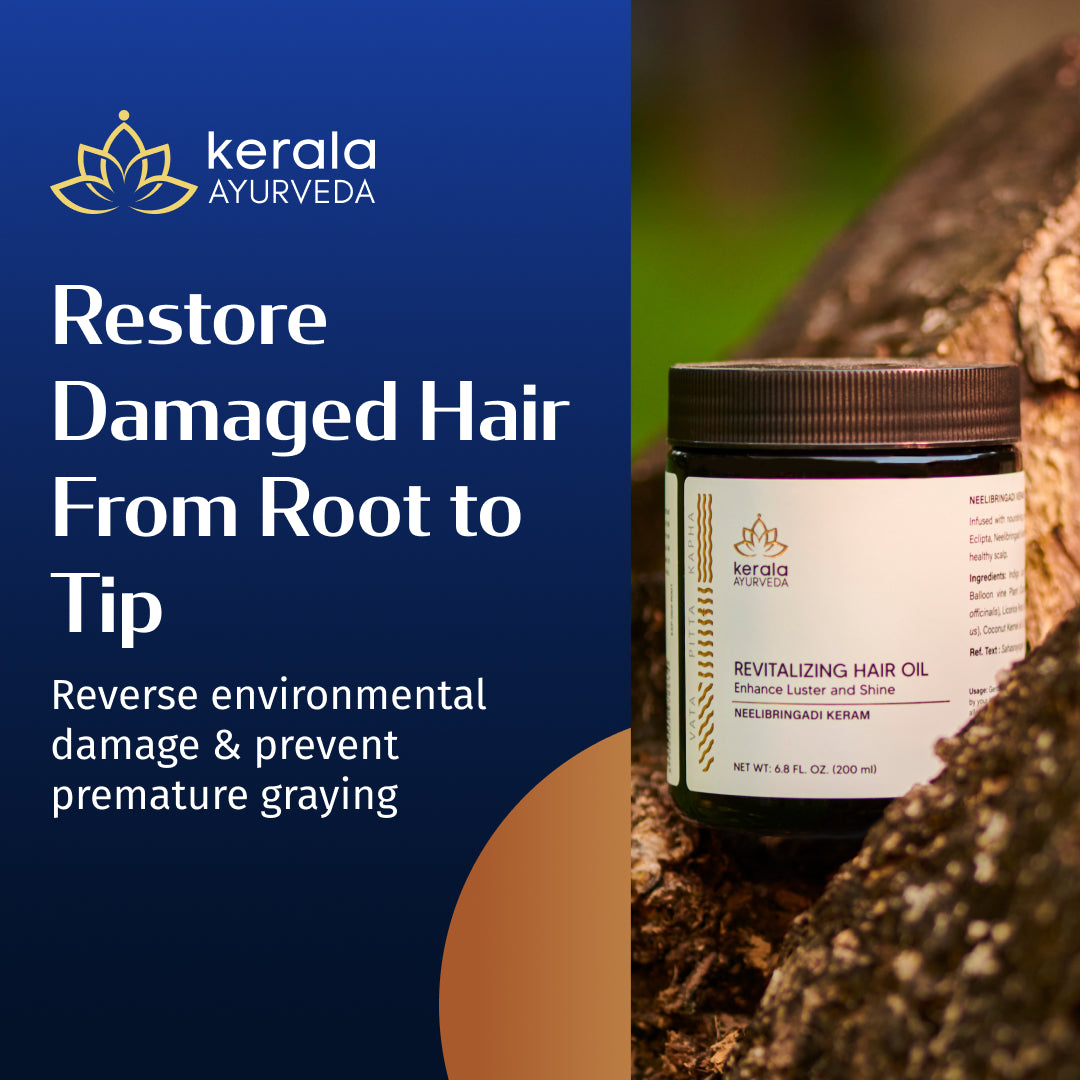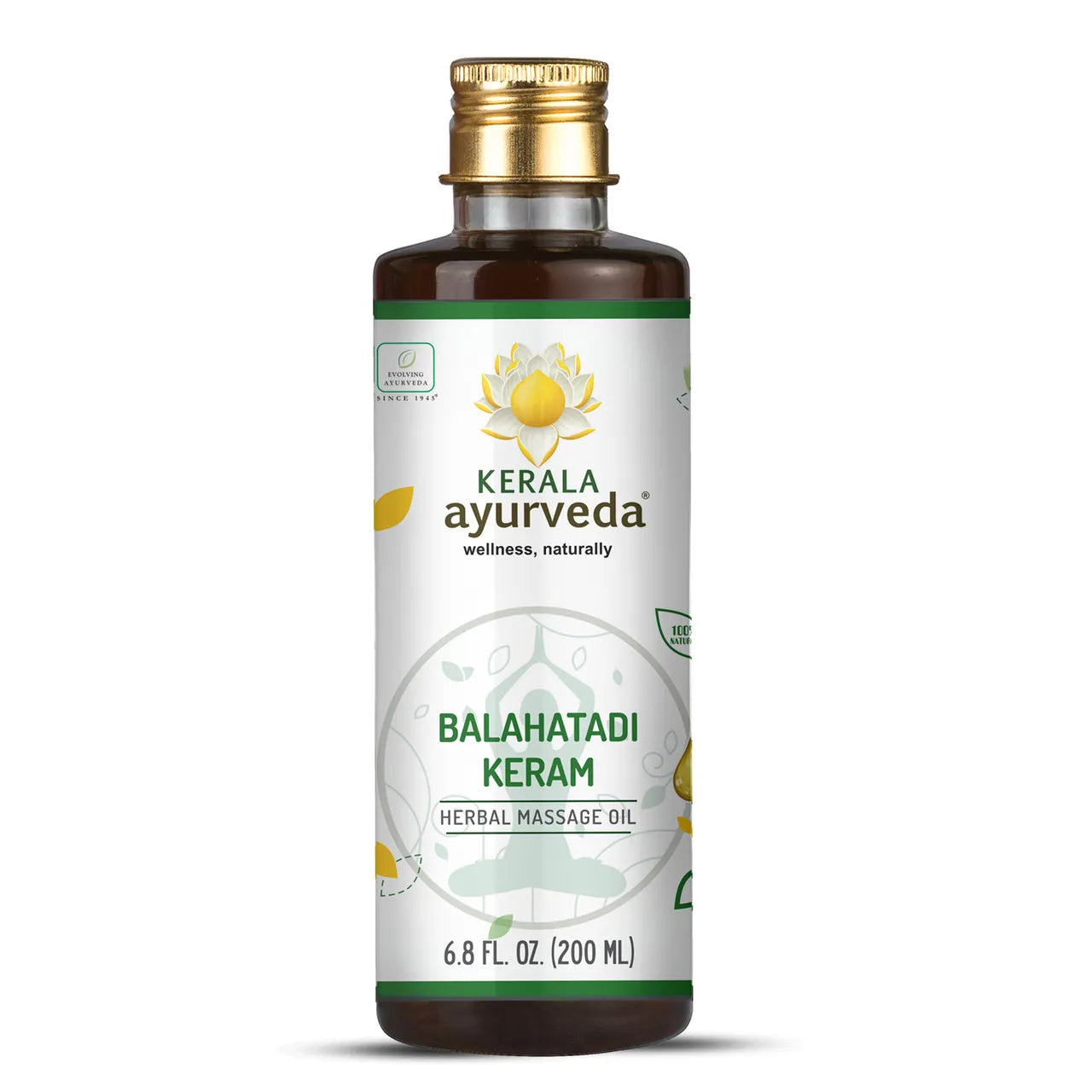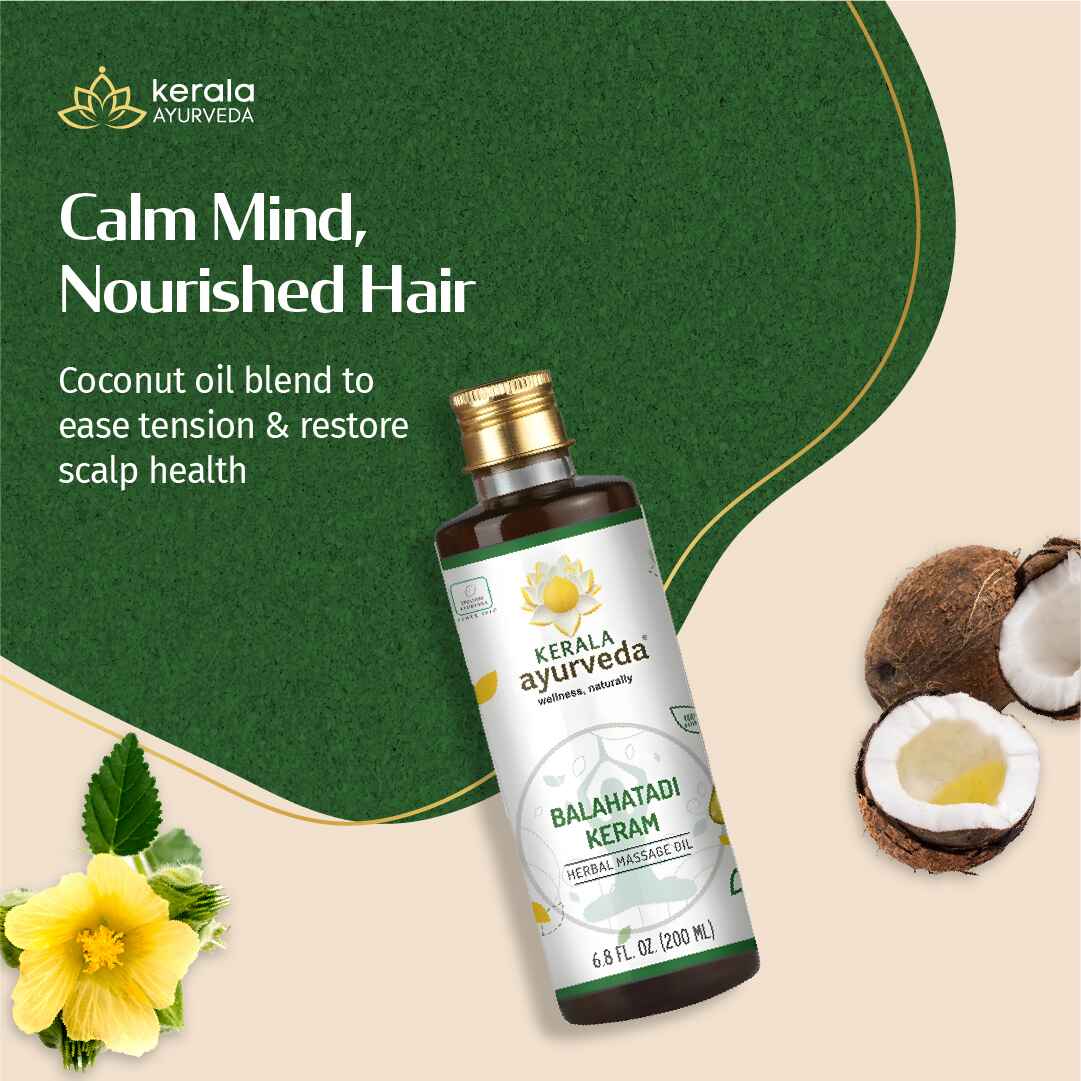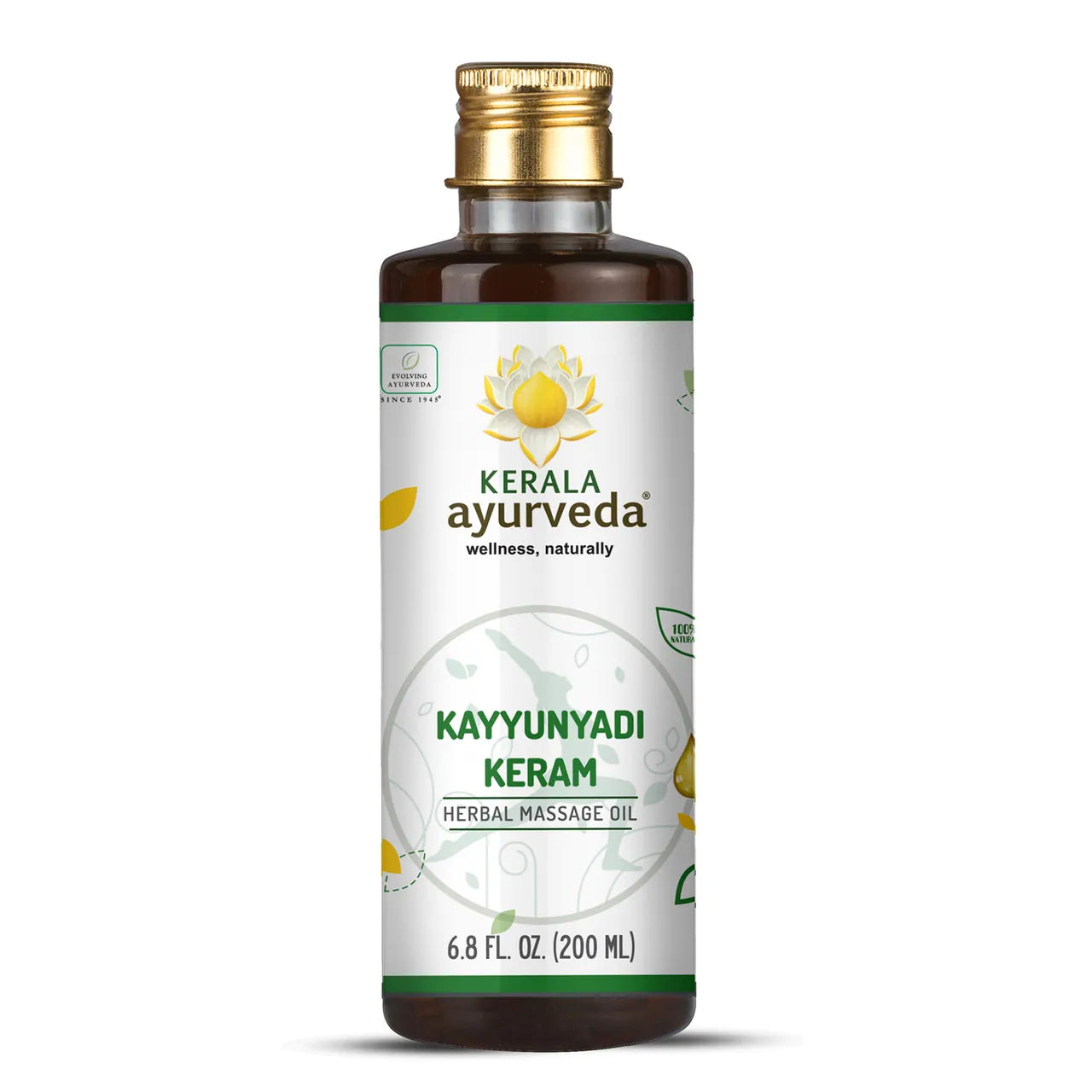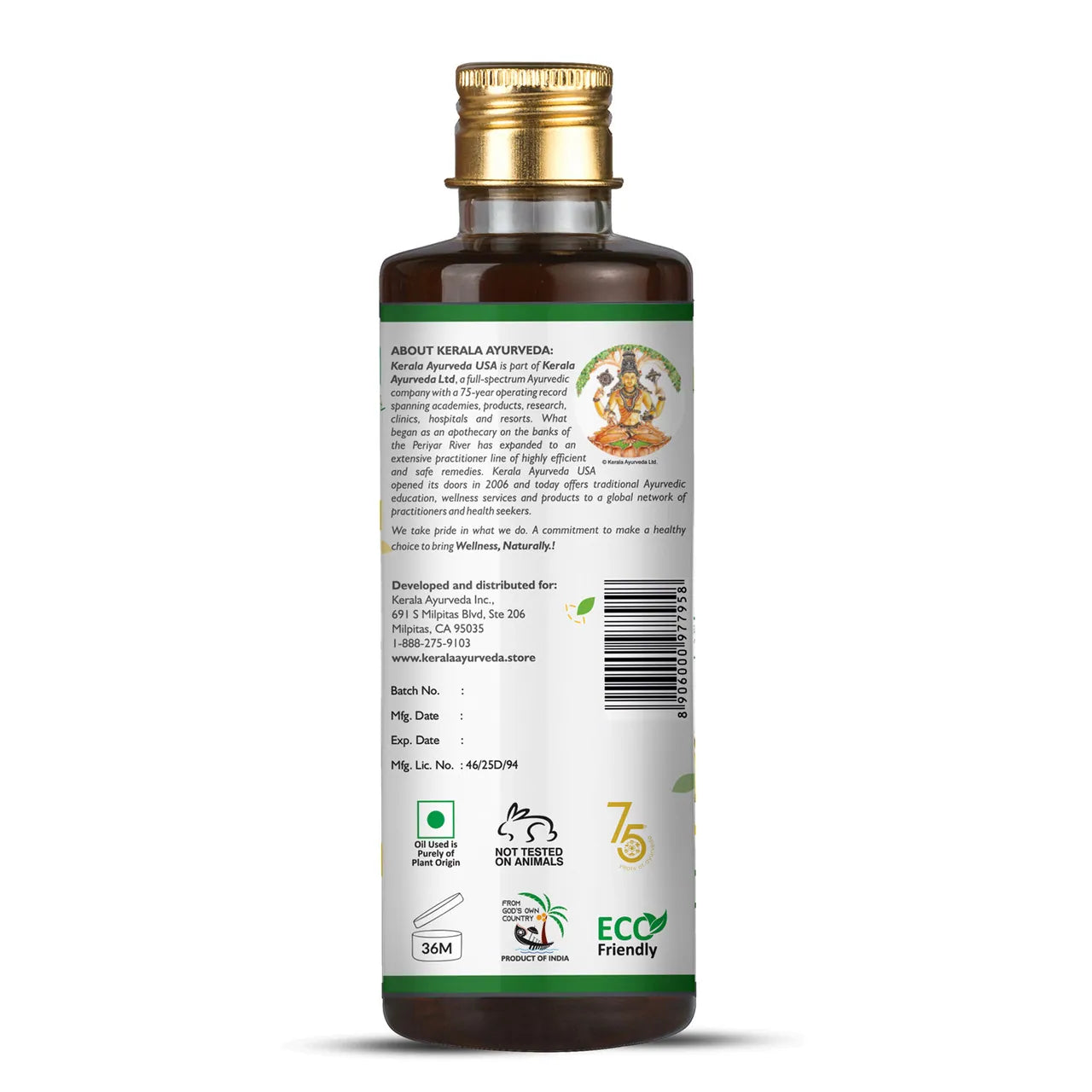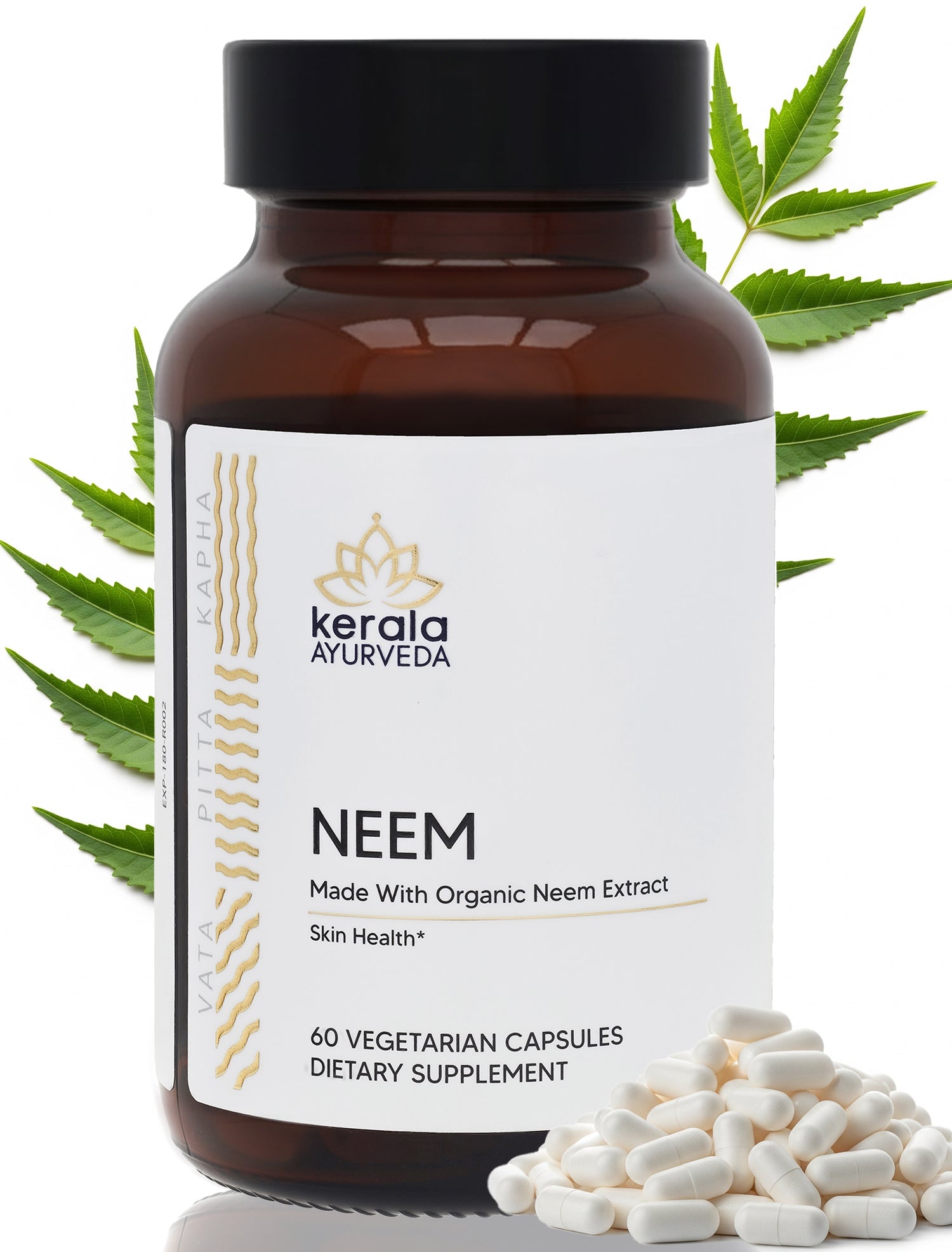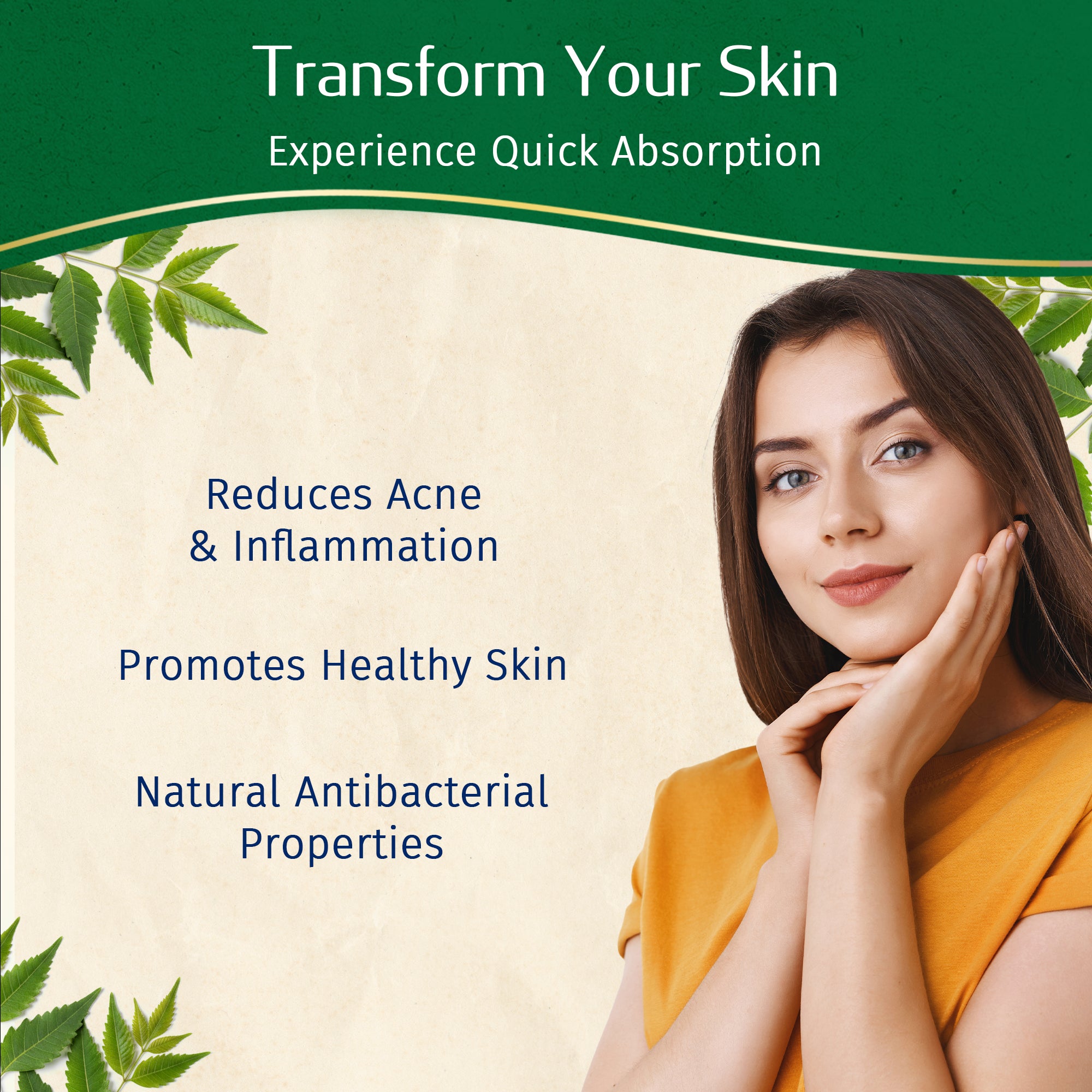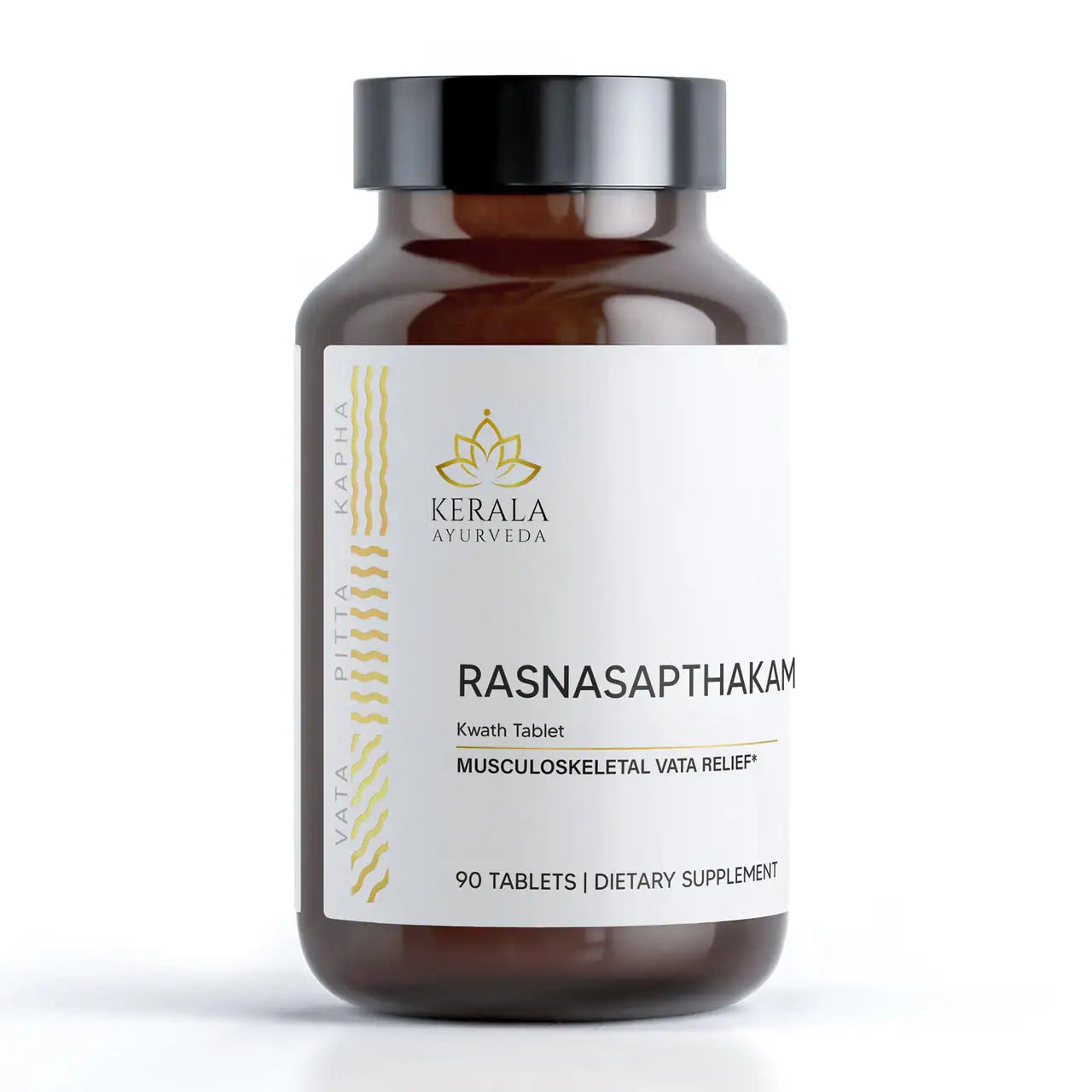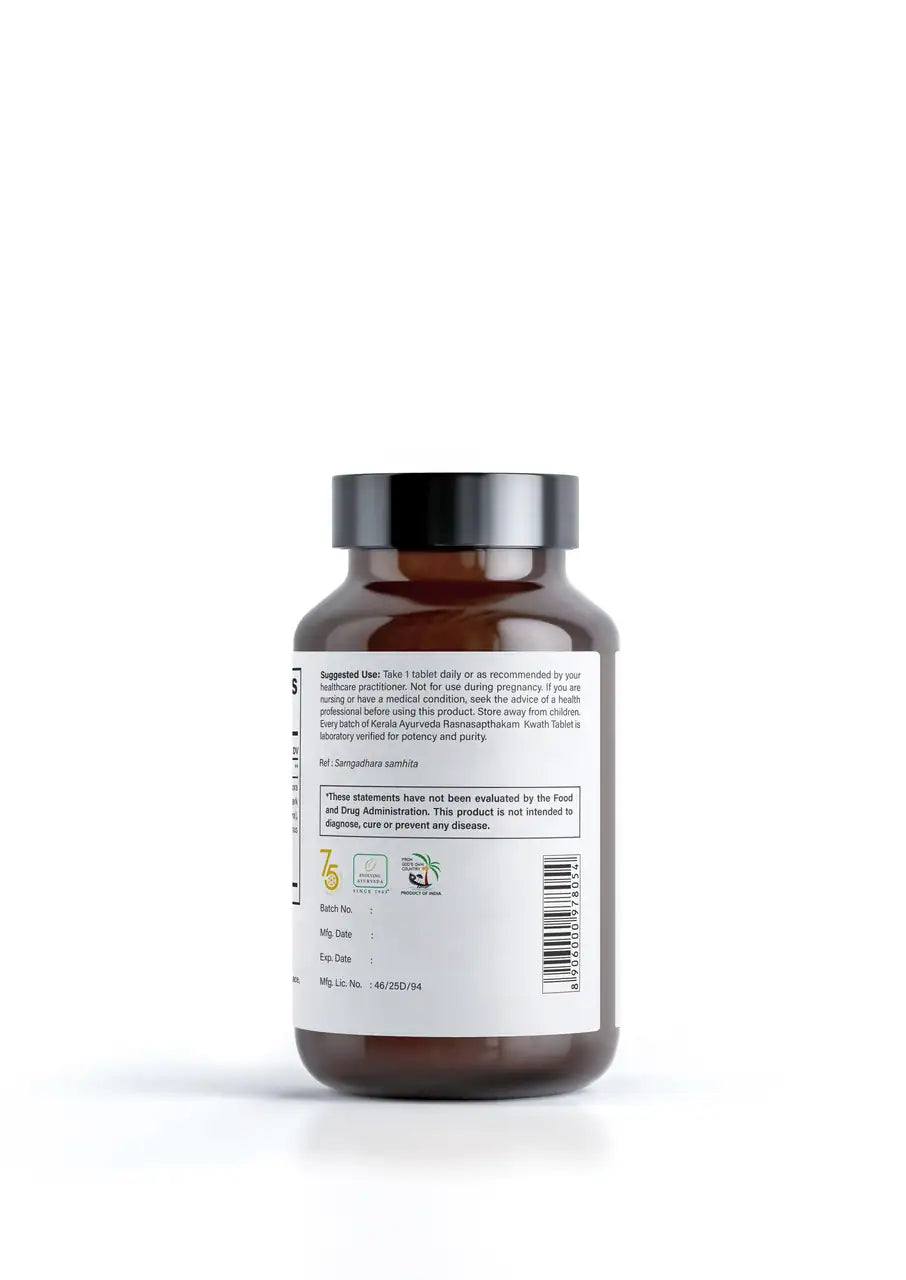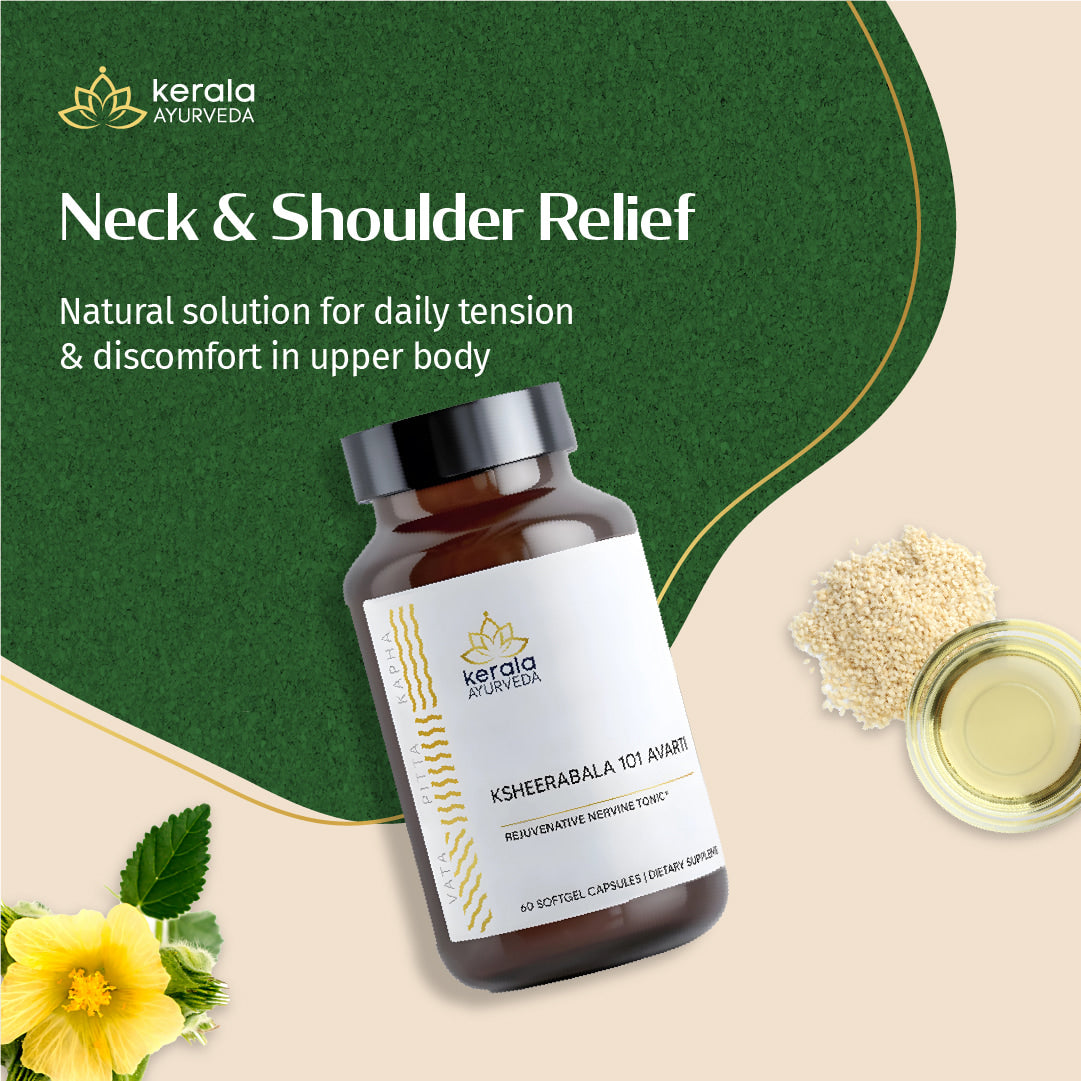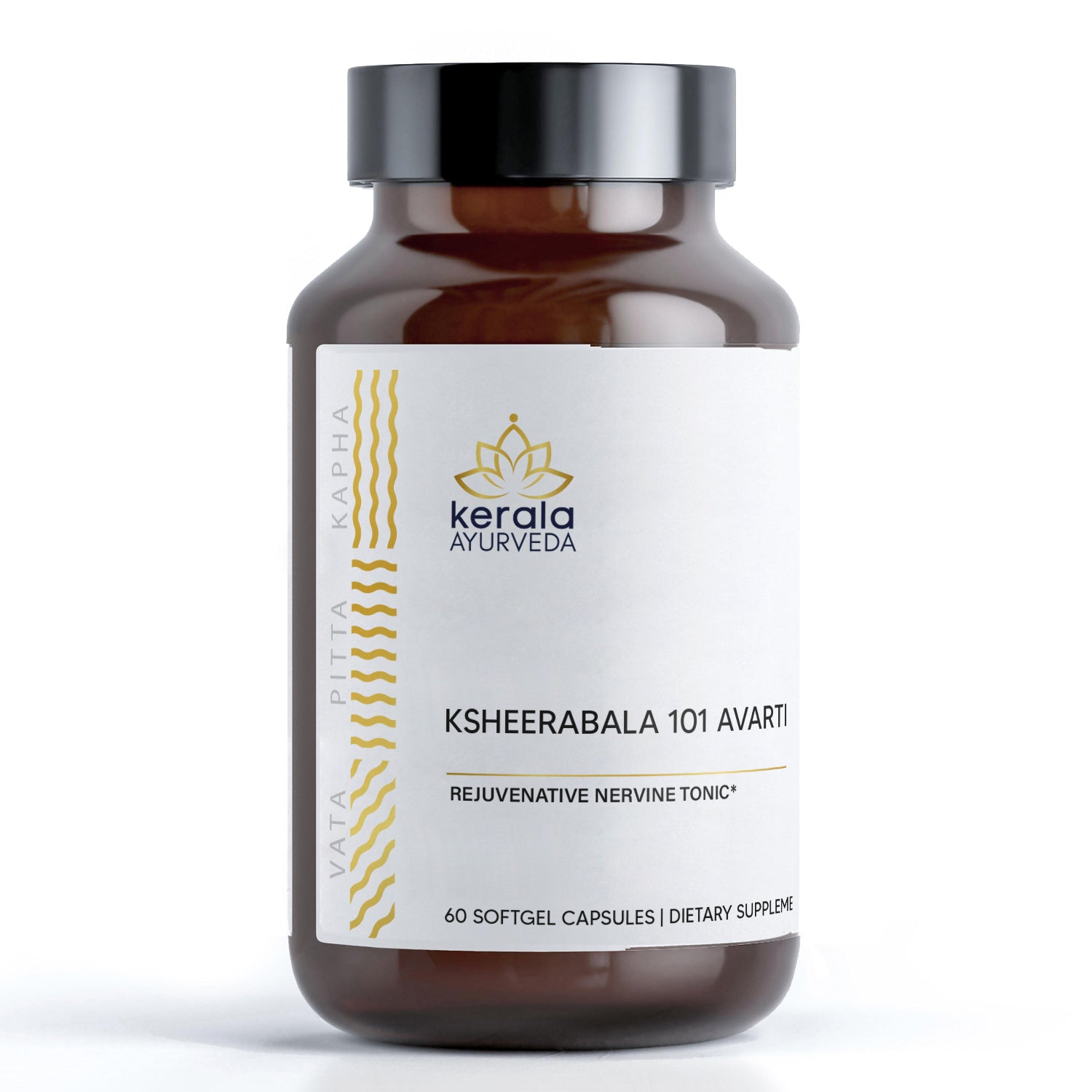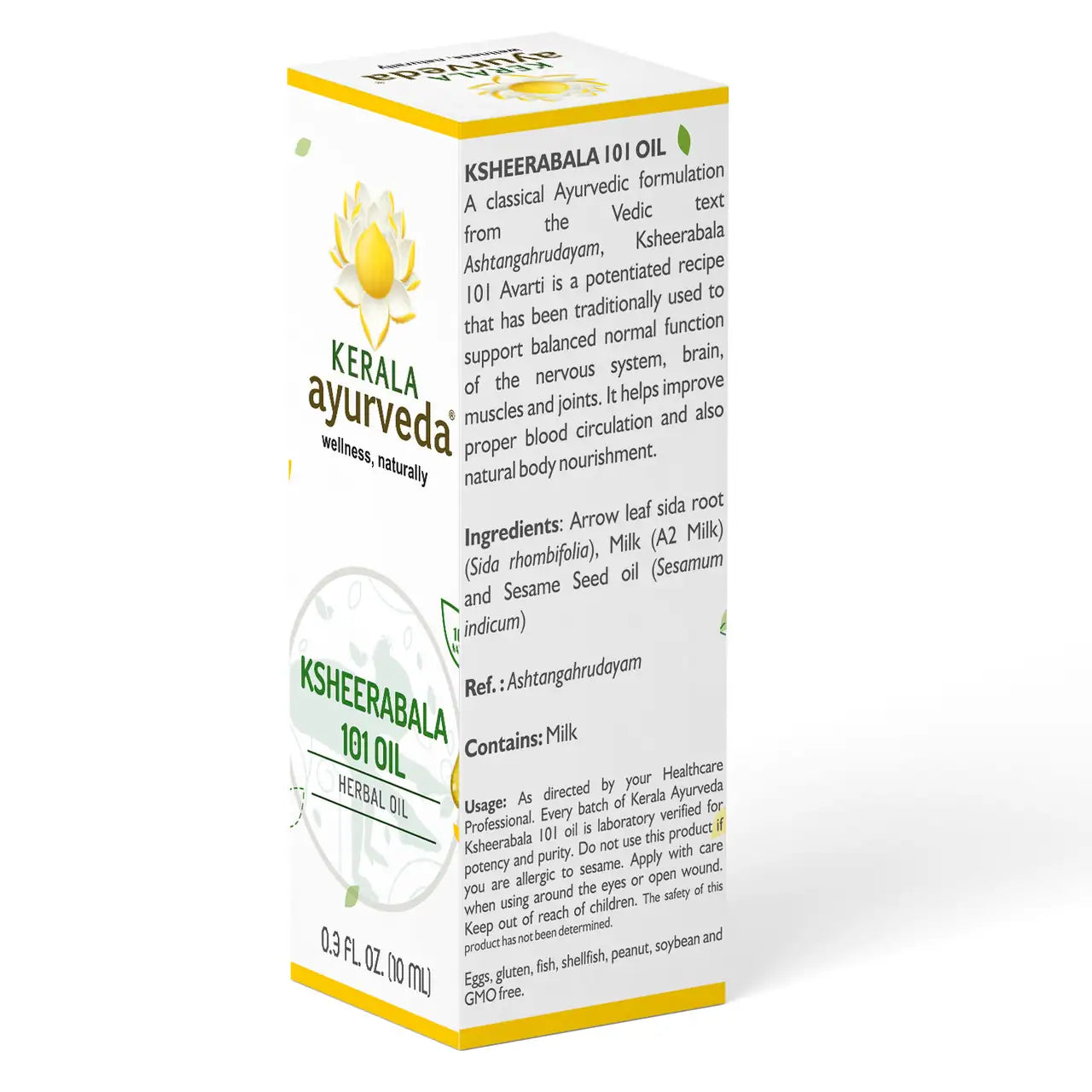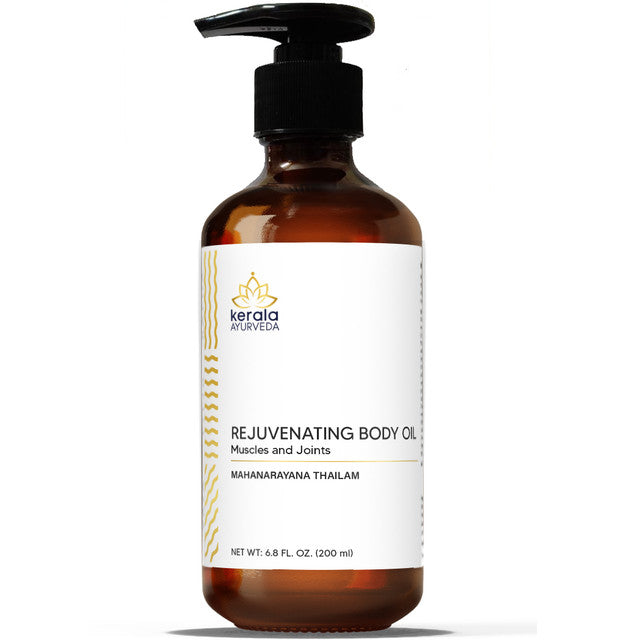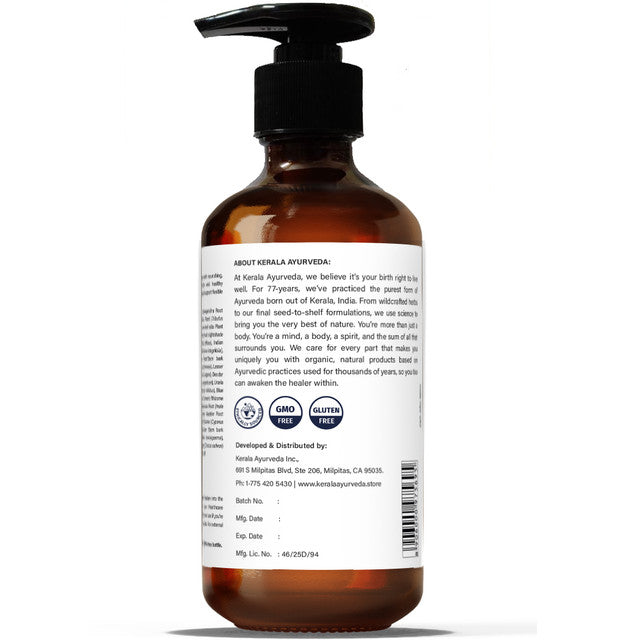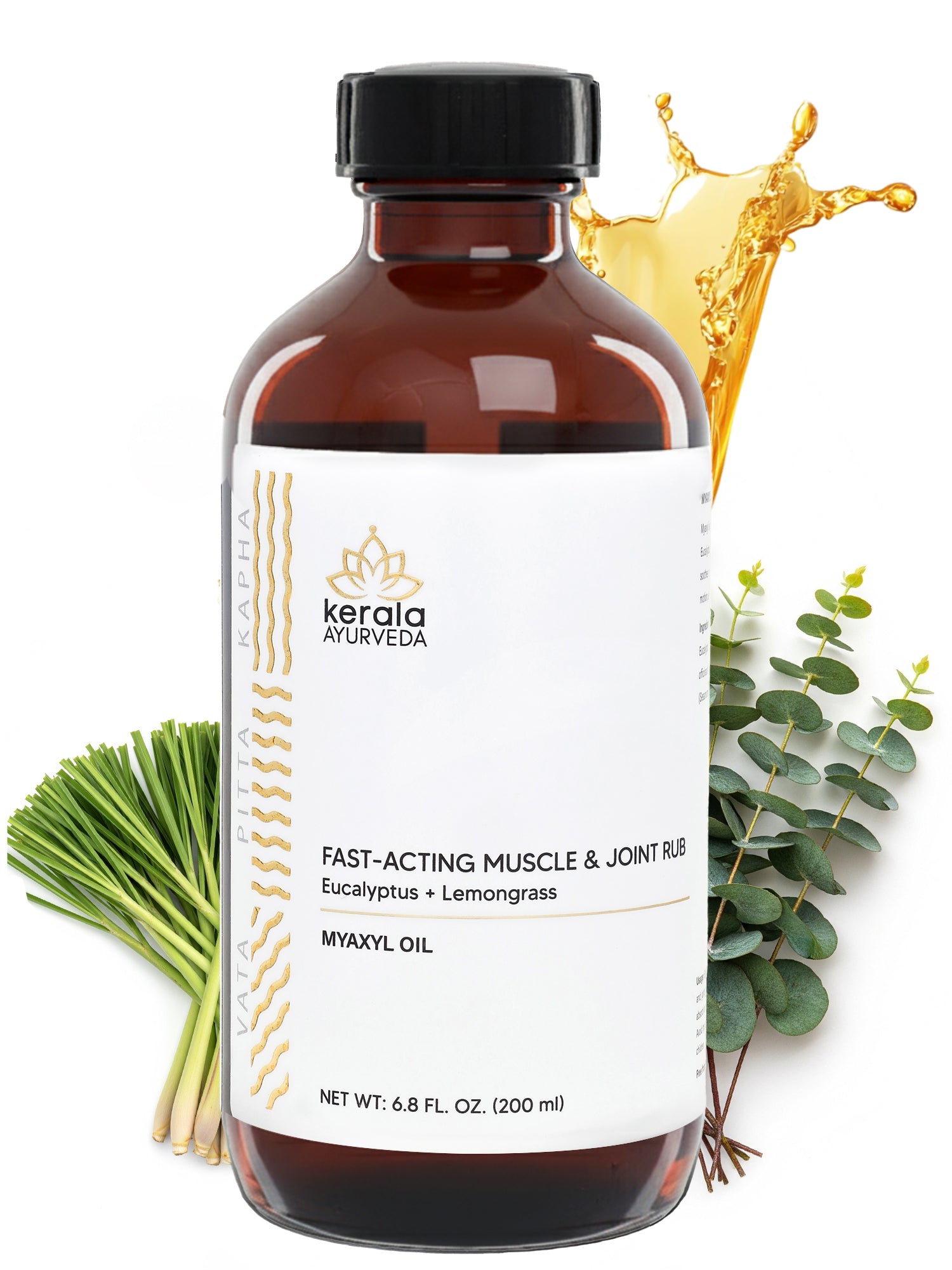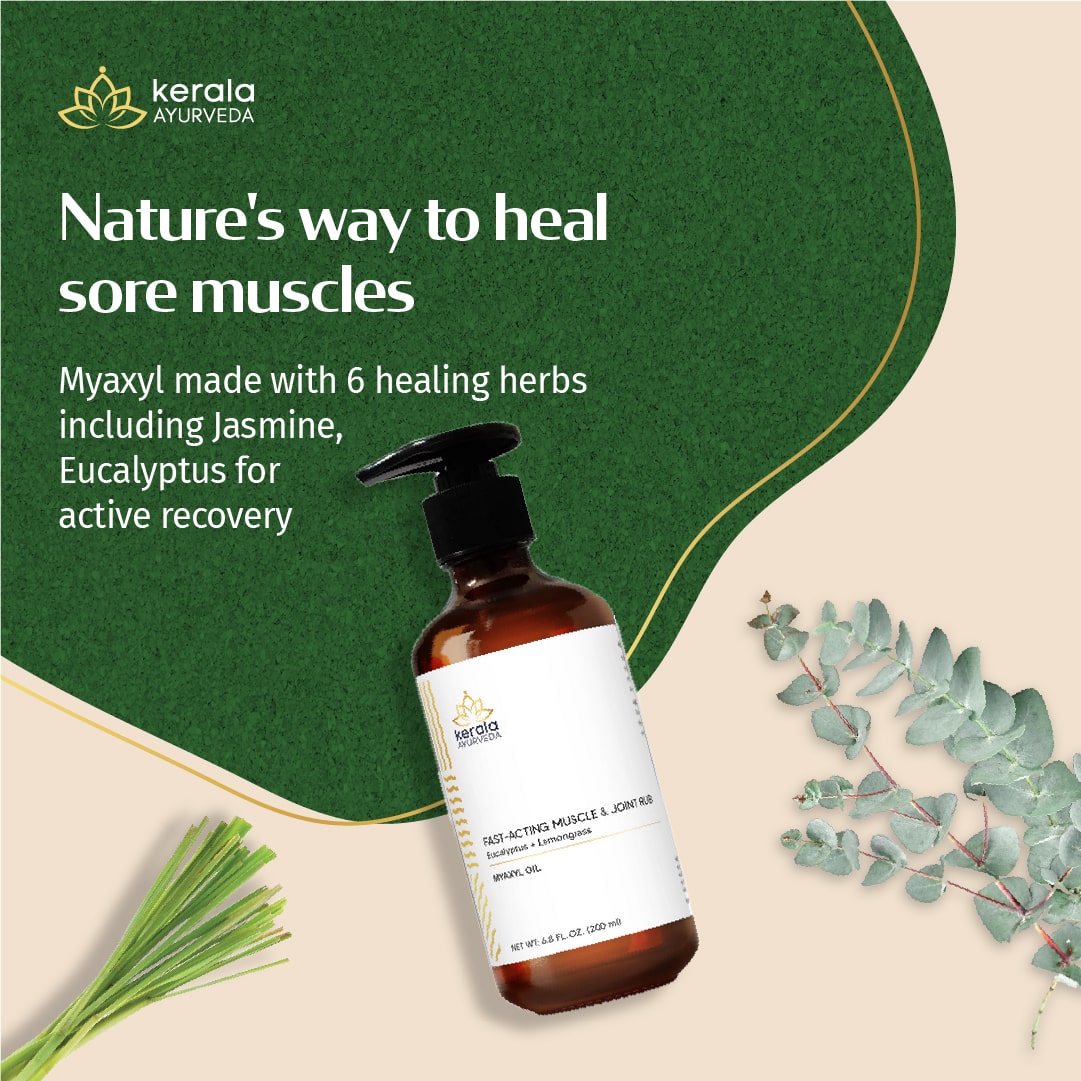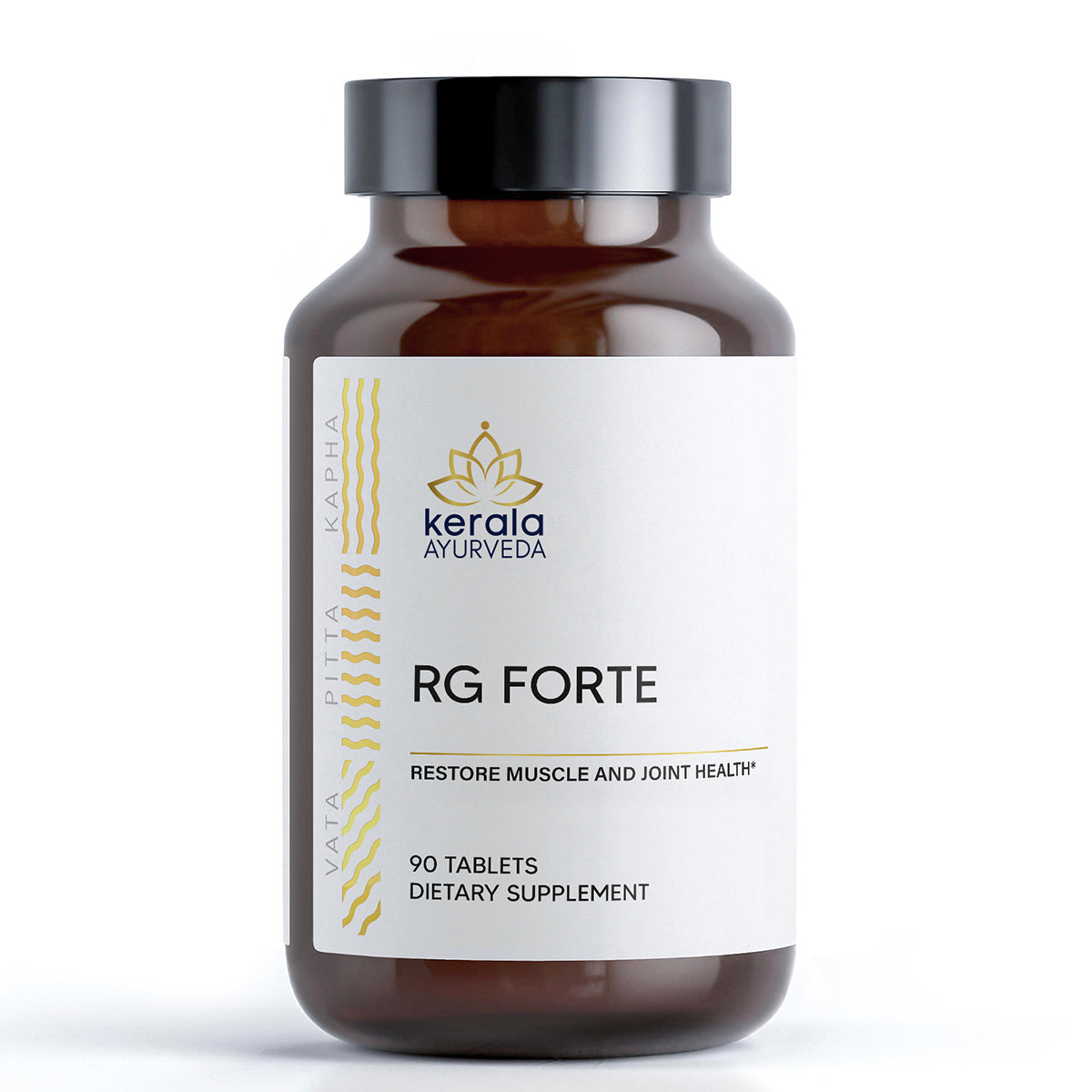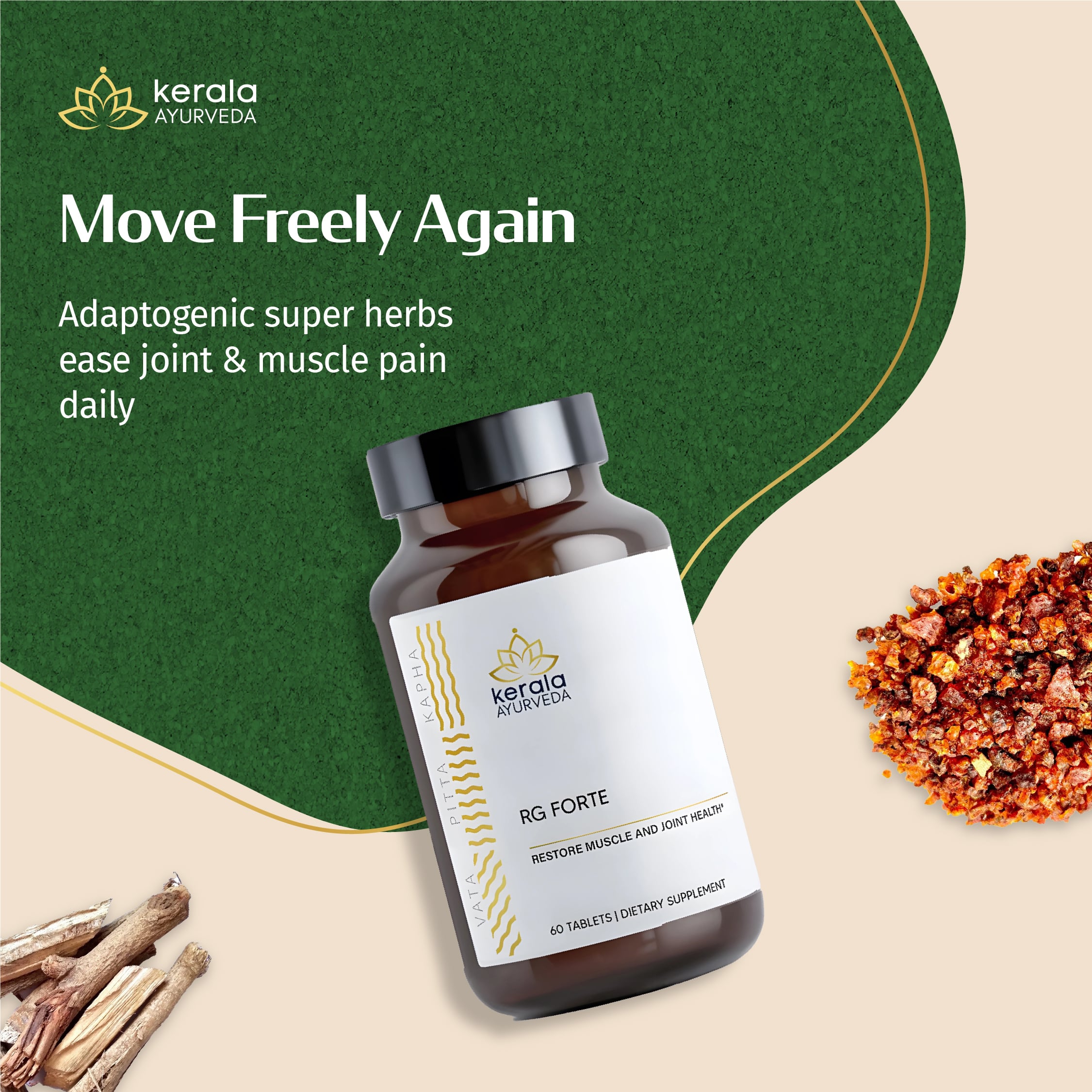Highlights
While winter may be a little uncomfortable for your skin, the good news is your skin and body is also more receptive to nourishment. Try herbal skin solutions to help enhance the natural glow and texture of your skin while combating dry skin with natural ingredients.
Apply the best oil that suits your skin type during the winter months to keep your skin soft, supple, and exuding its natural radiance.
According to the Ayurvedic Guide , winter corresponds to Vata due to its cold, dry, and windy conditions. All skin types are vulnerable to Vata effects, but they are more pronounced if you are 60 years or older, your primary functional energy (Dosha) is inherently Vata, or if you follow a Vata-aggravating regimen.
Read on to find tips to help you maintain your healthy skin even during winter.
Precautions to be Taken According to Your Skin Type
To determine which skincare practice is best for you during winter, you should first consider your skin type.
Skin type is classified into three categories namely:
- Vata skin type
- Pitta skin type
- Kapha skin type
- Vata skin type: If your skin type is ‘Vata’, your facial skin will be rough, your cheeks will be dry, and your feet and hands stay cold most of the time.
- Pitta skin type: In the Pitta skin type, your skin will be oily with a little moisturization and is prone to reddish discoloration. At times, you might also experience a burning sensation in the skin. Pitta skin is prone to break-outs and inflammation.
- Kapha skin type: Kapha skin is oily, moist, and cold to the touch. When out of balance, such skin is prone to acne.
Here’s a more detailed description of each skin type:
A. The Vata Skin Type
It is thin, dry, rough, and prone to premature lines and wrinkles. When Vata Dosha is aggravated, the skin may lose plumpness prematurely. Lavender and Rosewood can help sustain the moisture level and nourishment of the skin.
Some essential oils help maintain the natural warmth and a healthy hydration level of your skin.
Additionally, if your skin is prone to dryness, help yourself by making a lifestyle change, such as:
- Keep your skin covered using natural fabrics like wool and silk.
- Massage your skin lightly using the best essential oils.
- Take daily walks or other light exercises.
- Avoid dry scrubs.
- Take the essence of rose or lavender floral or herbal baths.
For your diet:
- Eat your food warm.
- Avoid raw cold foods.
- Keep yourself well-hydrated with warm water and herbal teas.
- Eat foods rich in healthy oils such as ghee.
- Cook using spices like turmeric, cumin, and nutmeg.
- Incorporate well-cooked green leafy vegetables and sweet, juicy fruits.
- Orange, cinnamon, geranium, lavender are useful essential oils for Vata.
B. For the Pitta Skin
When the Pitta levels of your skin are aggravated, it can appear red, sunburnt, inflamed, and blemished. It needs to be nurtured and hydrated with the help of cooling and soothing body oil.
Lifestyle changes you can introduce:
- Yoga and Pranayama
- Daily massages with an organic coconut-based oil
- Reduce exposure to the sun
Dietary changes:
- Eat plenty of sweet and juicy fruits.
- Cook using cumin, fennel, coriander, and licorice.
- Avoid alcohol and caffeine.
- Avoid hot and spicy foods.
- Incorporate more leafy green vegetables, cucumber, squash, etc. in your diet.
The helpful and best essential oils for the skin are peppermint and lavender. Aloe Vera helps maintain the cooler temperature of the skin.
C. Kapha Skin
When not at its optimal level, it tends to be oily. Oily skin attracts impurities from the environment.
Here are lifestyle tips you should follow:
- Carry out regular internal and external detoxification.
- Deep cleanse your face at least twice a day and use the right toner.
- Incorporate cardio exercises.
- Drink plenty of warm lemon water to detoxify and stimulate your intestines for better digestion.
For your diet:
- Favor bitter, pungent and astringent tastes.
- Avoid overeating and indulging in heavy, sweet foods.
- Use cayenne, cinnamon, ginger, cumin, turmeric, coriander, and black pepper spices.
- Minimize processed foods, refined sugars, and dairy products, and oily food.
- Tea tree oil, lavender, patchouli and eucalyptus are the best essential oils to keep acne and excess oily texture under control.
Winter Skincare Tips
In Ayurvedic Guide has many herbs that are beneficial for the hair. Some of these herbs have formed an integral part of traditional hair care routines from ancient times. These herbs are used in Ayurveda to improve hair health. Some leading Ayurvedic herbs for hair are:
- Bhringraj (Eclipta prostrata) is one of the most potent herbs that work on the hair roots to help promote the healthy growth of hair. It supports healthy and abundant hair growth, and hence is also known as Kesharaj or “king of the hair”. The benefits of this wondrous herb are the reason that it has been used since ancient times as an herbal hair care expert. It helps maintain the hair’s natural color and luster. It is a rejuvenator known for its immunomodulatory and antioxidant action.
- Amalaki (Phyllanthus emblica) is rich in Vitamin C. Regular usage of Amalaki can help in maintaining the natural strength of the hair. It supports the normal digestive fire and maintains the natural health of the scalp. It has been traditionally used as a herbal support for hair health for premature graying as it is classified under “Vayasthapana” or anti-aging group in Ayurvedic Guide.
-
Brahmi (Bacopa monnieri) is one of the Ayurvedic herbs according to ayurvedic guide, for hair that supports normal hair growth by rejuvenating the scalp. It offers the additional benefit of helping calm the mind. It is one of the best neuroprotective and nootropic herb.
Ayurveda Products for Hair
1. Keep your scalp moisturized
Routinely massage your scalp every morning using regular massage oil. Rub gently with your fingertips all over your head and tug at your hair gently. Massaging vigorously can lead to hair breakage. When you’re stepping out, don’t forget to wear a hat.
2. Include a Vata-Pacifying Diet
Drink more warm soups, and consume stews, vegetables, dairy, and spices like cumin frequently to help maintain an optimal level of Vata. Go easy on dairy products as they have a cooling effect and can form mucous.
3. Don’t Forget Your Feet
Try to soak your feet in a rejuvenating warm footbath containing a combination of ginger, eucalyptus, rosemary, and lavender. After soaking for about 10 minutes, remove any dead skin using a scrubber, dry your feet, and rub your feet with castor oil.
4. Massages
Give yourself a nice warm oil massage after you wake up using sesame oil. It helps keep the normal warmth level of your body and helps support good blood circulation.
5. Take Care of Your Face
Because of the harsh winter conditions, your facial skin takes a battering. Try to cover your face with a scarf when you go out. Use a facial cleanser with no soap base. If you have windburn or suffer damage from the dryness, try castor oil mixed with your moisturizer.
Essential Oils
Each skin type has specific essential oils that can keep it healthy and in optimum condition:
- Lavender – this multipurpose oil is helpful for Vata and Pitta skin types, and it helps support sound sleep and helps maintain natural moisture levels on your skin.
- Chamomile works well with Pitta and Kapha skin. Combining it with azulene and sandalwood helps sustain natural moisture on your skin.
- Tea tree- best for Kapha skin and helps maintain the natural levels of oil in your skin.
You must understand your skin type to ensure you use the appropriate Ayurvedic oil during winter. To find the best oil for the skin, visit Kerala Ayurveda on their convenient online store to find genuine Ayurvedic herbal skincare products.




